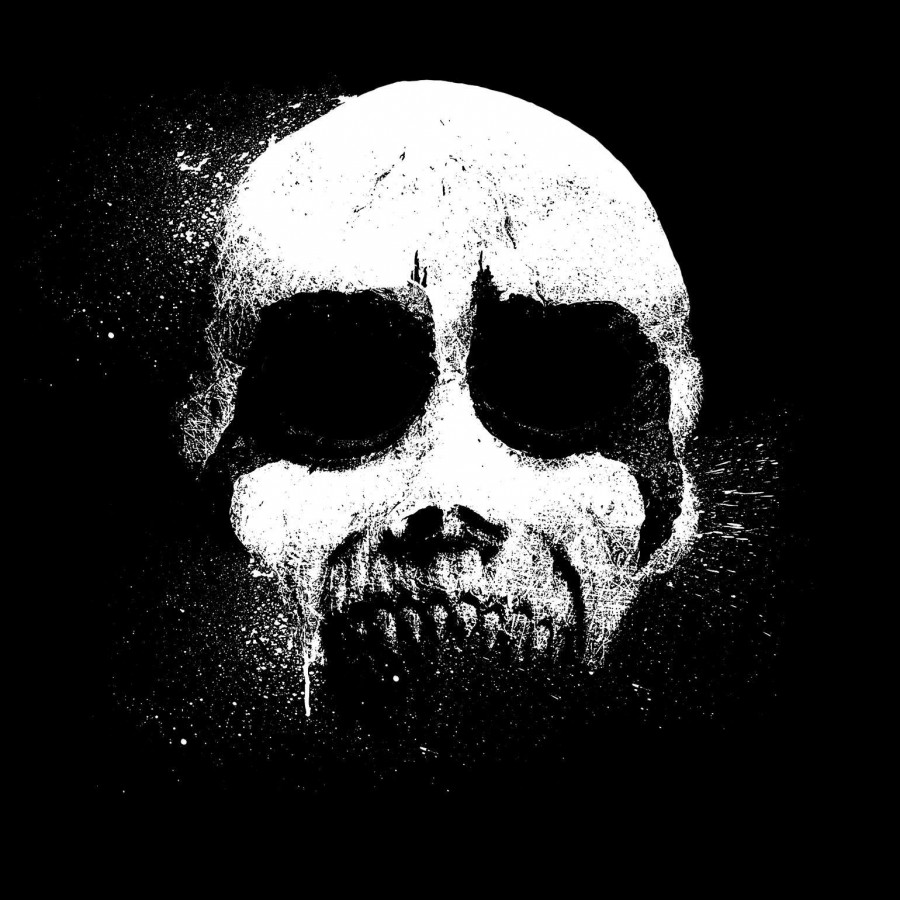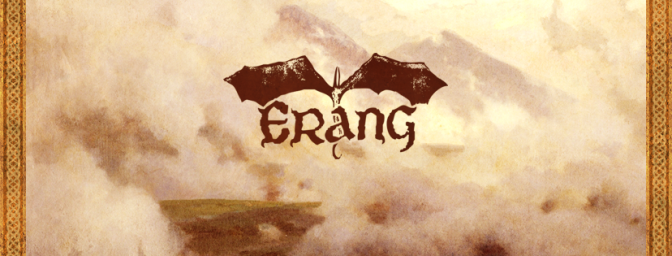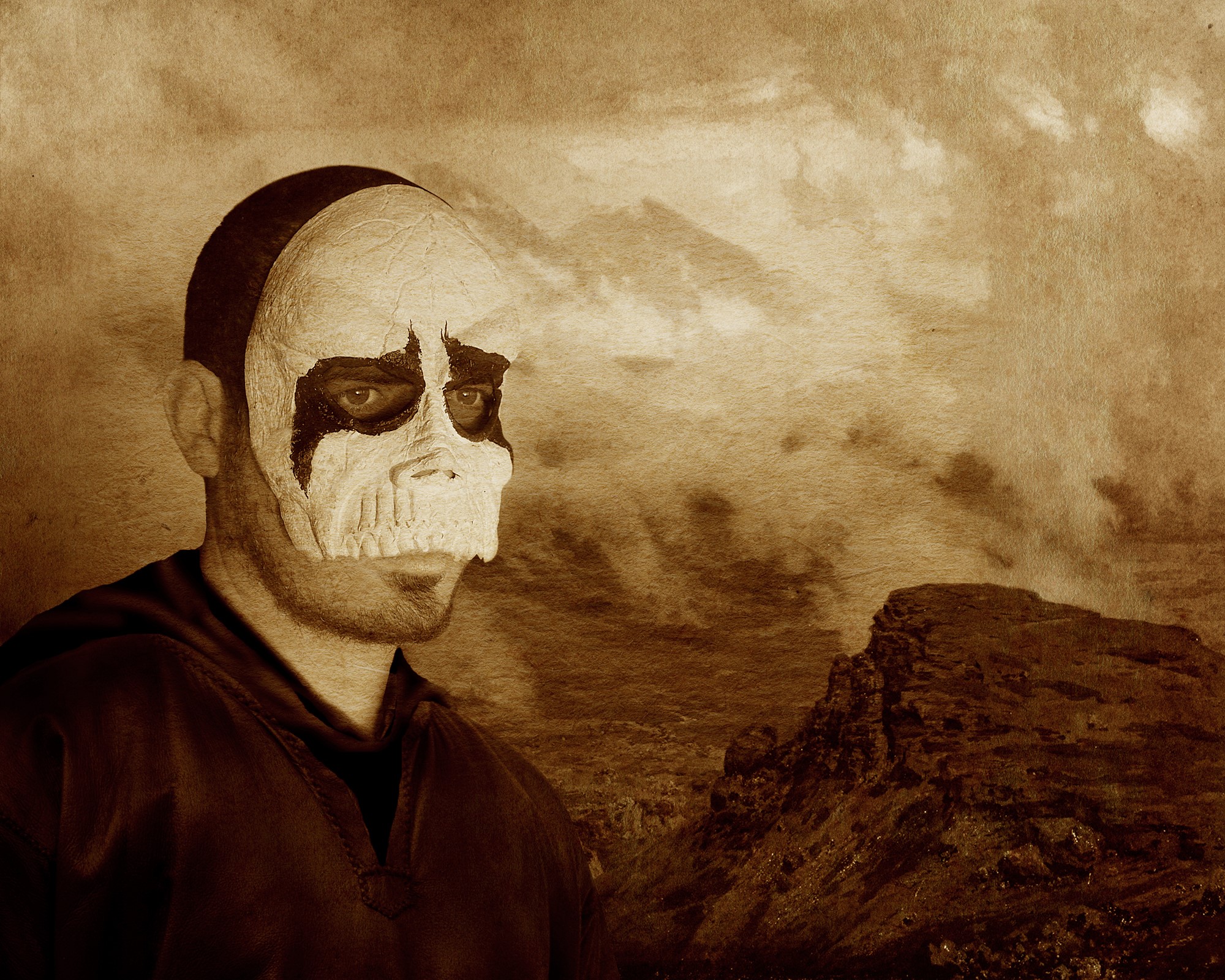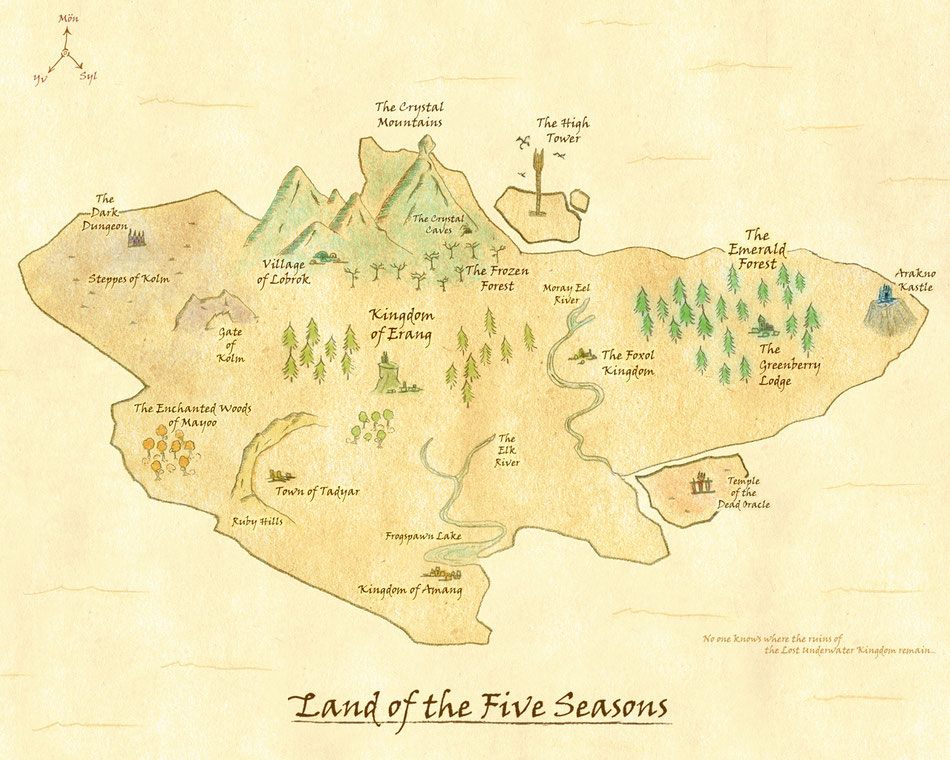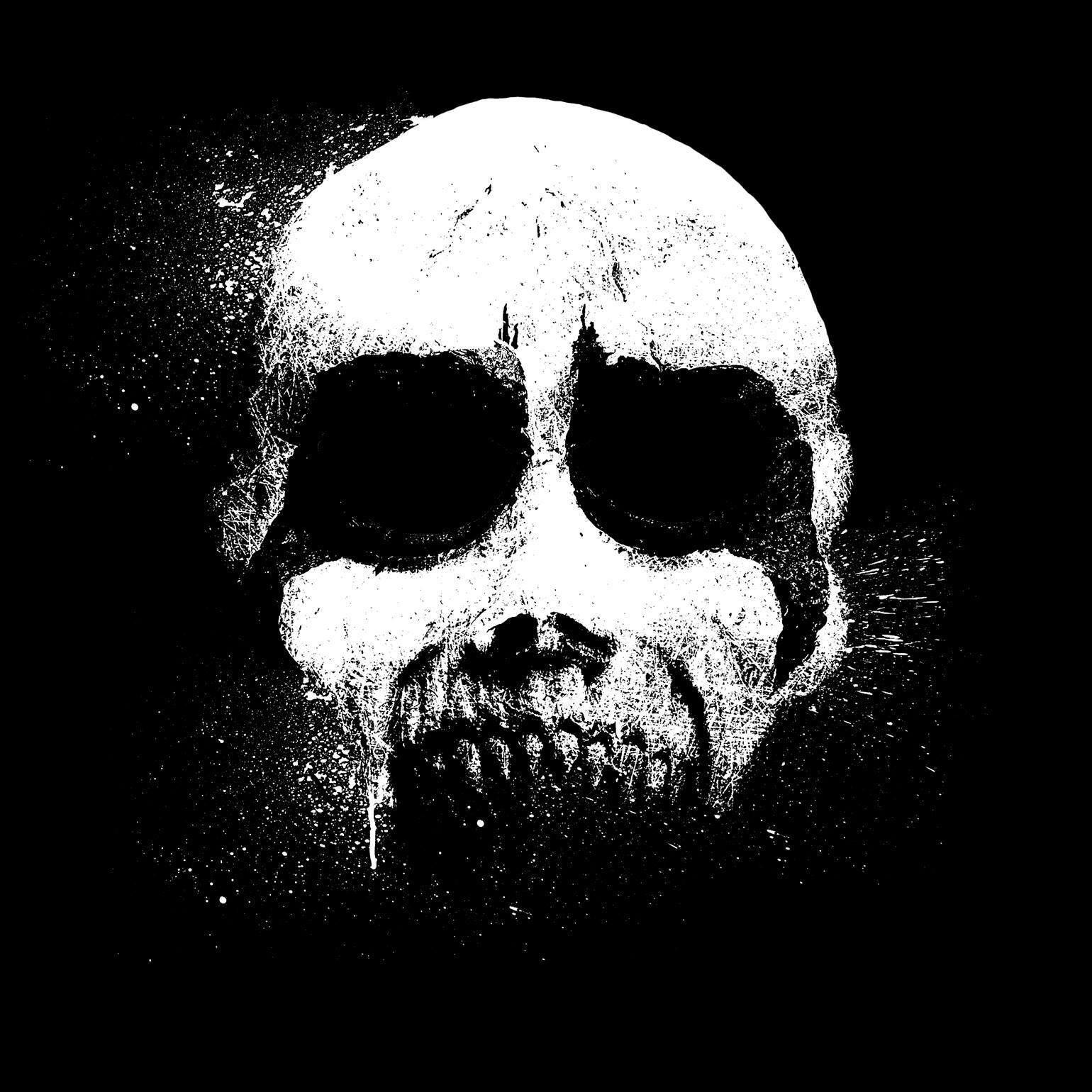Trepaneringsritualen is one of the most respected projects in the last decade of the post-industrial genre. With some albums which harken back to the sounds of 80s ritual ambient projects and others more traditionally structured, Trepaneringsritualen provides listeners with an array of soundscapes which could be as likely heard in a solitary ritual space as in a venue packed with metalheads.
While the sounds of T x R x P are anything but uniform, Thomas Martin Ekelund, the original member behind the project, explains a bit about the purpose of T x R x P and we find that this is as complex and unwieldy as the music itself.
We talk about the evolving background of T x R x P which includes a few new members, incense, touring, Fimbulvetr and more.
Enjoy the read and listen to the T x R x P loud!
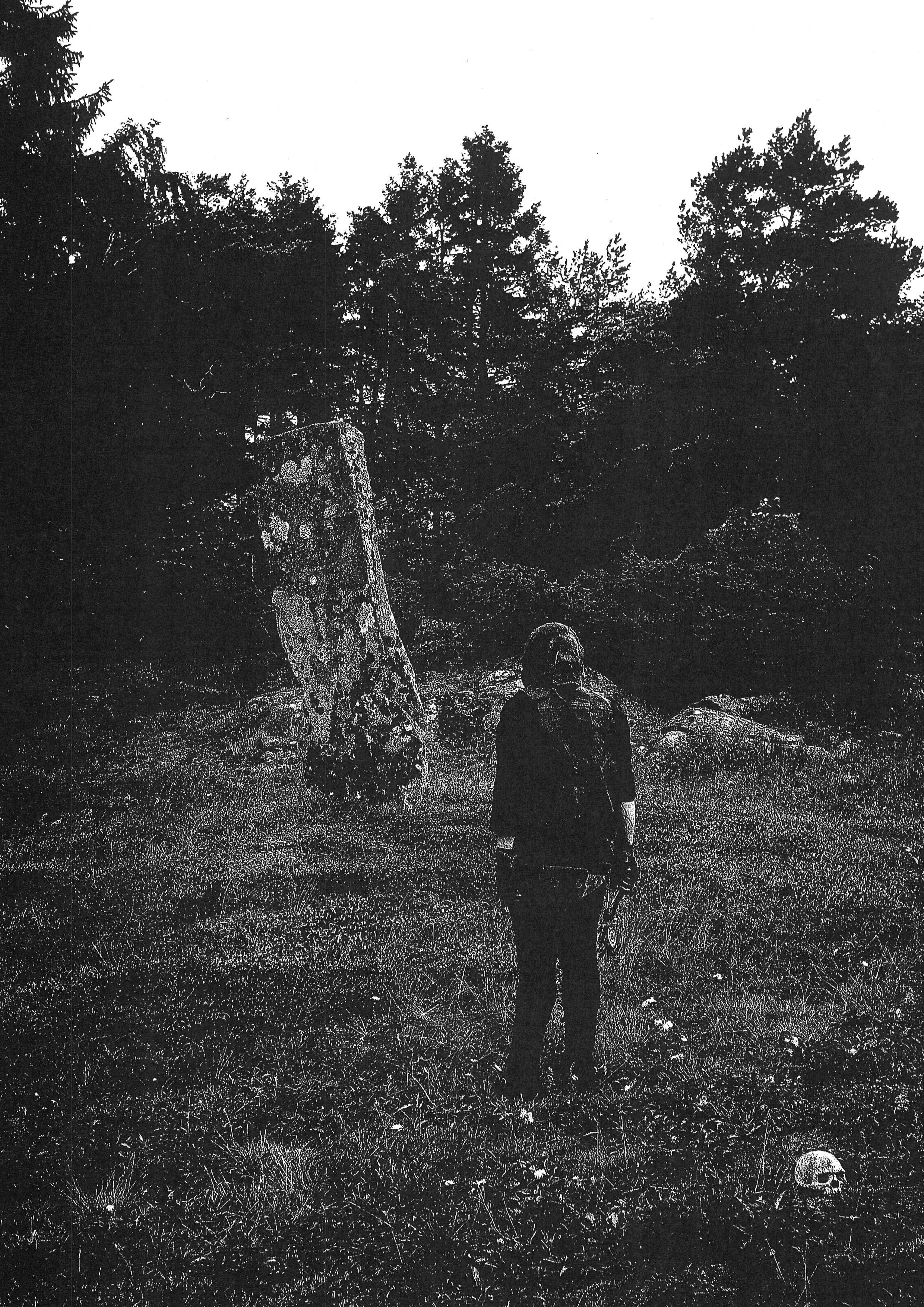
Interviewee: Thomas Martin Ekelund of Trepaneringsritualen
Interviewer: Michael Barnett
Michael: Do you think you have come closer to the full understanding and consciousness you are seeking as Trepaneringsritualen?
T x R x P: Quite the contrary. Every flash of light reveals further paths veiled in darkness; with every door opened another two shuttered ones appear. I have been forced to accept that this is the way it’s going to be. We’re stumbling around an ever-changing labyrinth, and what we find in there rarely makes any sense. Perhaps that sense of no-sense is the purpose, or perhaps we will ultimately find ourselves in the embrace of true illumination. I don’t know, but in either case, T × R × P is a curse that can not be escaped.
Michael: Has there been a time in a collaboration as Trepaneringsritualen that you felt you came even closer to your personal source than during solo sessions?
T × R × P: I don’t make the distinction. T × R × P is and has always been something far greater than me. The brothers and sisters that have contributed to the workings are as essential to it as am I. The vortex may emanate from me, but their energies and the tangents they have added have been needed at various points in order for us to move forward.
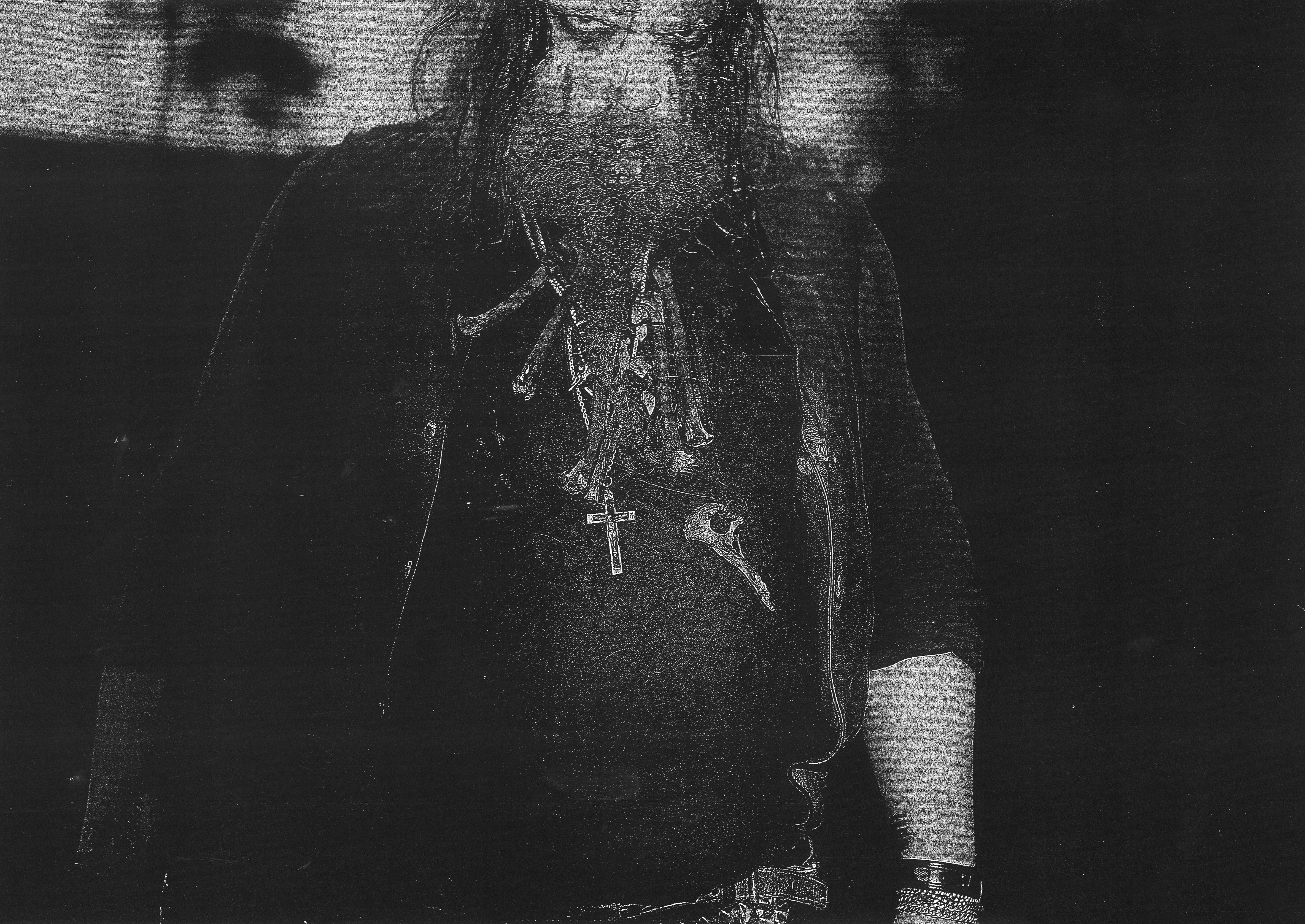
Trepaneringsritualen by Linda Marie Bjärenstam
Michael: You’ve mentioned in the past that intoxicants are not a necessity for you to fully embrace the presence of Trepaneringsritualen. But I wonder what your thoughts are on the encounters throughout history with hallucinogens, and what effect they may have on the shaping of various religions.
T × R × P: I believe the use of hallucinogens has had, and continues to have, a considerable influence on the spirituality of Man. Those who aren’t entirely blind have a need to transcend this prison, and these substances offer at least a faint glance of the utter enormity of that which lies outside of creation. But hallucinogens are just a tool like any other. It’s a shortcut to utter madness, but it still only shows us the faint shadows of true reality.
Michael: Do you feel that Trepaneringsritualen has been born at this time in history for a reason? Or, do you think your personal spiritual journey remains somewhat separated from a linear framework?
T × R × P: That’s an interesting question, I have not pondered the timing. It doesn’t seem terribly important on a grander scale. We’re all captives in a temporal realm, and time is cyclical, so any point in time will have occurred an ungraspable number of times before and will occur innumerable times again.
Michael: What other performances and/or locations have you visited (outside of your own touring) that have enriched your understanding of Trepaneringsritualen?
T × R × P: There have been many transformative experiences in my life, everything from seeing Arktau Eos performing a ritual in a forest in the Sierra Nevada, to walking alone in the rain on the battlefields at Somme. But I don’t know that they have related explicitly to T × R × P. Generally, power nexuses like megalithic sites and places saturated in death like the aforementioned battlefield always shed some light on the path I am walking.
(Editor’s note: Check out our recent interview with Arktau Eos.)
Michael: You’ve mentioned the importance of attacking the senses, and in particular the nose, during your rituals/concerts. Would you recommend a blend of incenses or oils for an audience to better connect to Trepaneringsritualen when listening at home? Would this differ from album to album, season to season?
T × R × P: The V ∴ V ∴ V blend we created together with VI & All Things Obscure last year is the ideal starting point. We often modify its effects with sandalwood, palo santo or juniper at live rituals, depending on the desired result, alongside rotting blood, mold and mildew and other scents of decay. As a species, our olfactory perception of the world is what leaves the strongest impression, hence the focus on these aspects, but we aim to attack all senses.
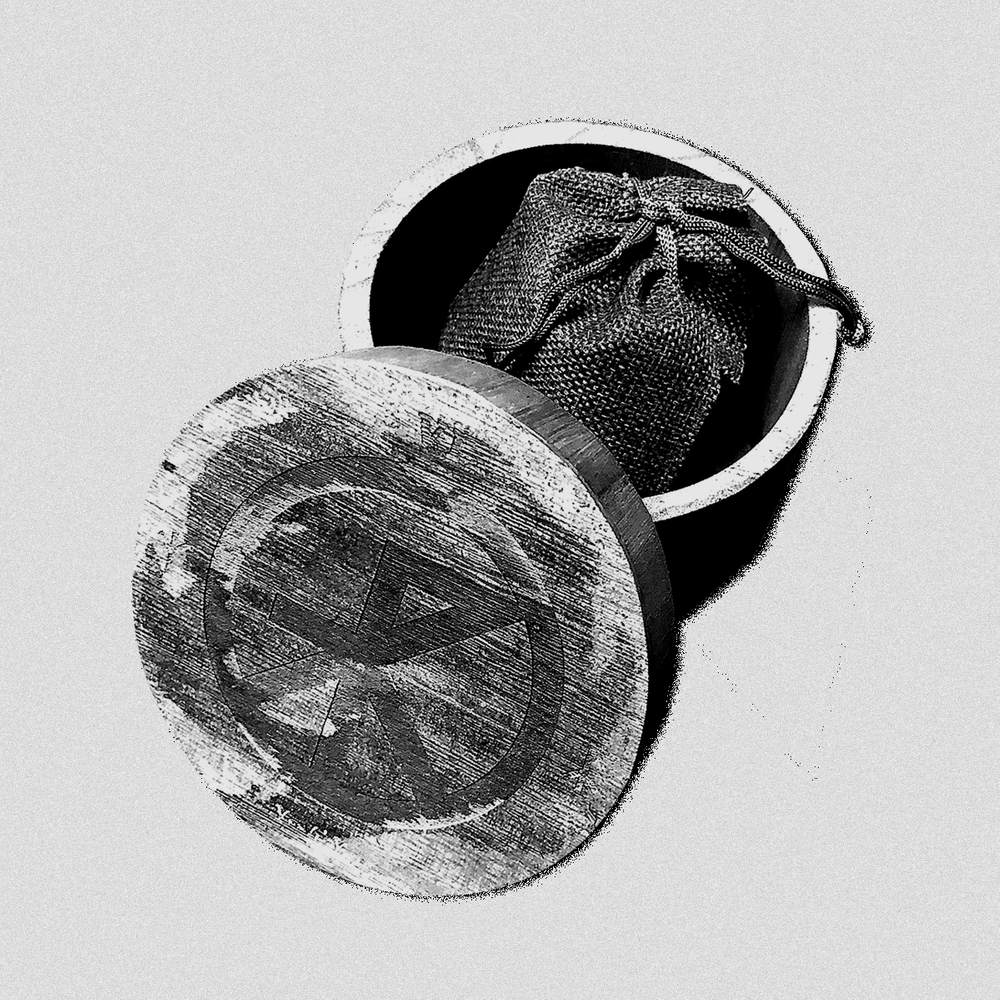
Void ∴ Vision ∴ Vortex Incense
Michael: You’ve mentioned the Fimbulvetr‘s arrival in a past interview. I wonder if you still see this as the case? If so, what signs do you see of its arrival?
T × R × P: There’s no doubt in my mind that we’re in the midst of it. Everywhere you look you see the signs. Brother is fighting brother, sister is fighting sister. The masses are deaf and dumb. Men and women without honor, fully shackled by the vapid, vain and vulgar chains of consensus reality. This is an inevitability, all things created will decay and ultimately be destroyed. Rebirth is equally inevitable. We’re far from done, and until we are this is a circle that will keep repeating.
Michael: After the release of Kainskult, you started working on a new album with Peter Johan Nijland. How is this album coming along?
T × R × P: Peter has been a long-time brother, and an essential resource for T × R × P for a number of years. It finally became evident that he is an integral part of the working, and thus he has joined permanently. A split 7” with Nordvargr is imminent on Cyclic Law, and we are working on several other projects at the moment with a few already approaching completion — including a long-form work entitled ᛉᛦ to be released on Cold Spring during 2019.
We have started working on what might be considered the continuation of Kainskult — tentatively entitled Nine Daggers — but its conclusion is further into the future, and still in a very obscure state. We have also included Sister ᛏᛇᚱᚫ ᚾ ∴ ᚾ ∴ ᚾ in these workings, but her role will by necessity be more shadowy, though of no less importance.
(Editor’s note: A new project led by Peter J. Nijland, released on Cyclic Law.)
Michael: Would you like to talk about any of the specific activities you conducted in celebration of the tenth year of T × R × P?
T × R × P: There was no specific commemoration of the first decade. But 2018 was a year of Metamorphosis in many ways that shall become evident in the future.
Michael: You’ve stated previously that “we’re prisoners in a counterfeit world…”. Do you think as time passes and people become more connected to each other through the internet that more of us are beginning to see through the veil? Or, do you think we are becoming blinder by the year, increasing momentum toward an ending?
T × R × P: Ultimately, I don’t believe true union can be achieved in this realm. Connections can certainly be made, and you will find the people you need, be it through long-distance communication or face-to-face interactions. But each of us is cursed to always walk alone until the ultimate dissolution of the cosmos.
Michael: If you were able to have everything necessary, location and tools, what would be the perfect venue for a Trepaneringsritualen ritual to reach its fullest potential?
T × R × P: There’s an enormous number of places where rituals could be conducted, power nexuses from all over the globe that would bring their energies into the working. That might be a simple sacrificial oak grove on my mother soil, the ruins of Göbekli Tepe, or some ancient catacomb in Langadòc. Unlimited financial resources would merely bring more of what we already do. More fire, more scents, more lights, more participants.
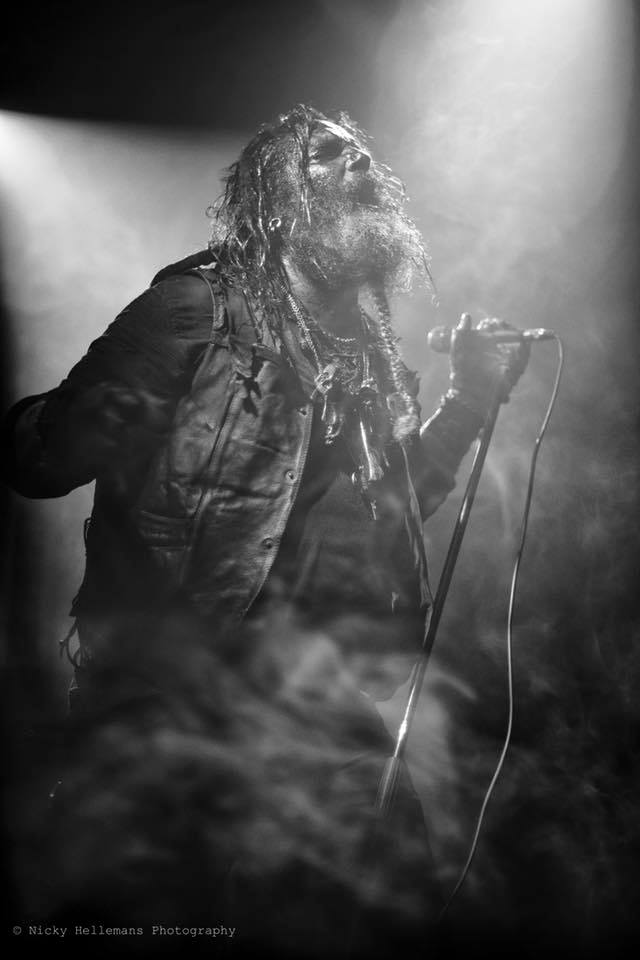
Trepaneringsritualen – Nicky Hellemans Photography
Michael: How are things going for the Beläten label? Are there any releases coming up that you would like to mention?
T × R × P: Beläten is currently obscured by the veils of alphaomega. Time will tell when they will lift and what they will reveal.
Michael: Where does the entity that is Teeth currently fit into the world of your output? Is this element currently silent or are Teeth’s reverberations still felt through T × R × P?
T × R × P: Teeth came very close to destroying me, but ultimately I won that battle and arose as a new man. It was an immensely painful struggle, but any struggle worth enduring will be. I don’t think the Teeth entity is in any way present in T × R × P, but it did cause me to open my eyes and as such it served a purpose.
Michael: You’ve mentioned that you find T × R × P to be a more positive project than people seem to realize. Why do you think others see the project as being so dark and what would you say they might be missing?
T × R × P: This working is certainly treading dark territories, but “dark” isn’t inherently negative. That’s a Judeo-Christian notion, and perhaps these people are simply unable to shed that yoke since the occident has been in the claws of that particular dragon for so long. It is in darkness we may find illumination. »Darkness yields the brightest light, and that it might reveal is dreadful desolation and the sweetest agony.«
Michael: Among other things, Nordvargr and you have collaborated on his latest solo album Metempsychosis on the track “First East”, not to mention the recently fully collaborative release ‘Alpha Ænigma’ as ᚾᛟᚢ II // ᚦᛟᚦ ᚷᛁᚷ. I wonder if you could speak a bit about your discovery of Nordvargr’s music?
T × R × P: I’ve been listening to Brother Nordvargr’s endeavors since I was a mere child, which undoubtedly has left its mark. It wasn’t until a few years ago our paths crossed, and it became apparent that our missions are of a similar nature, and I have found in him a true brother. Alpha Ænigma is just a small sidetrack, an impulse that came out of a larger collaborative working under the name Det Kätterska Förbund which is slowly beginning to show its face to the world. A triptych of EPs are in the works for Cold Spring, but travails of Malkuth have conspired to slow down our progress on this endeavor.
Michael: Have these collaborations felt important, in the sense of the T × R × P mission (whatever that may be)? Will there be more of these collaborations/rituals/experimentations with Nordvargr in the future?
T × R × P: They are of utmost importance, and I suspect our paths are forever entwined at this point. It’s a rarity finding a kindred soul like that, especially in the Swedish scene which, truth be told, mostly lacks the sort of depth we’re both striving towards. I am honored and grateful to call him a Brother.
Michael: How far back exactly does your relationship with ritual ambient go? Do you remember who was the first artist of this variety you discovered which really made an impression on you?
T × R × P: That’s a hard one. It’s 20+ years for sure, so not entirely convinced I recall the exact timeline. Korpses Katatonik & Zero Kama were important, Dogs Blood Rising by Current 93, and the first Lustmørd LP had a huge impact as well, and last but absolutely not least Slaughterhouse Invitations and other early works of Brighter Death Now. The sheer obsessiveness of their works is something that just grabbed hold of me, and never really let go. It’s impossible to overestimate the impact these artists had on me as a young man, and they all continue to be a source of inspiration.
Michael: You often describe Teeth and Trepaneringsritualen as currents of energy or consciousness that flow through you. I wonder if this is totally involuntary or if you are working with a form of surrealist automatism, voluntarily allowing yourself to be open to these foreign currents/entities?
T × R × P: Teeth was an attack, a malevolent entity that, for whatever reason, tried to destroy me. I am quite aware of why and how this happened, but I am prefer to keep those details to myself. Needless to say, it’s a battle I won and came through stronger and more focused.
T × R × P, on the other hand, is more akin to a union. It’s the ineffable powers of T × R × P working in tandem with my impulses. I am not T × R × P, I am part of it. It’s involuntary in the sense that I never asked for this, but it’s also voluntary because I have chosen to carry this curse to its conclusion. My aim is to ultimately be able to give up all control of the process, but I suspect that is impossible. Try as I might to escape it, I am still a being of physical manifestation, and as such, I am shackled to this world. A considerable part of what I have written has been initiated and often completed in trance states, and I find it a very rewarding way of working. It is at least a vague estimation of giving up control.
Michael: With Kainskult, T × R × P seems to be taking another step further in a process that seemed to become noticeable on Perfection & Permanence. Namely, that these two albums seem to be moving into a more musical direction, with more distinct percussion patterns and vocals that follow this more structural framework. Is this a process that is happening outside of your control and understanding, or is this a direction you are purposely taking?
T × R × P: It is true that both Kainskult and Perfection & Permanence are song-based in a more or less traditional sense. This is one aspect of T × R × P. It doesn’t mean we have abandoned the more explicitly ritual music, nor do we see any real necessity to make a distinction. It’s all of the same essences, with the same purpose. The differences are only on an aesthetic level. 2019 will see releases encompassing both aspects.
T × R × P @ Boiler Room, Berlin 2016
Michael: You’ve had an incredibly rigorous schedule for live events over the last few years. Is there any fatigue at this point, or are you still feeling the need to conduct your rituals across the globe as often as is permitted?
T × R × P: The public rituals are such an essential part of the working, so we try to accept as many offers as we are able. It certainly takes considerable effort to keep up, but it’s a sacrifice we’re obliged to make. Logistical issues have made it hard to schedule further public works recently, but we’re slowly getting back on track and I suspect the second half of 2019 will prove quite hectic.
Michael: Thank you so much for your time, I am very pleased to be speaking with you on behalf of This Is Darkness. Are there any final words you’d like to say before we part ways?
T × R × P: Thank you for the opportunity. We have nothing further to add.
Links
Official T × R × P Website
Bandcamp
Facebook
Instagram



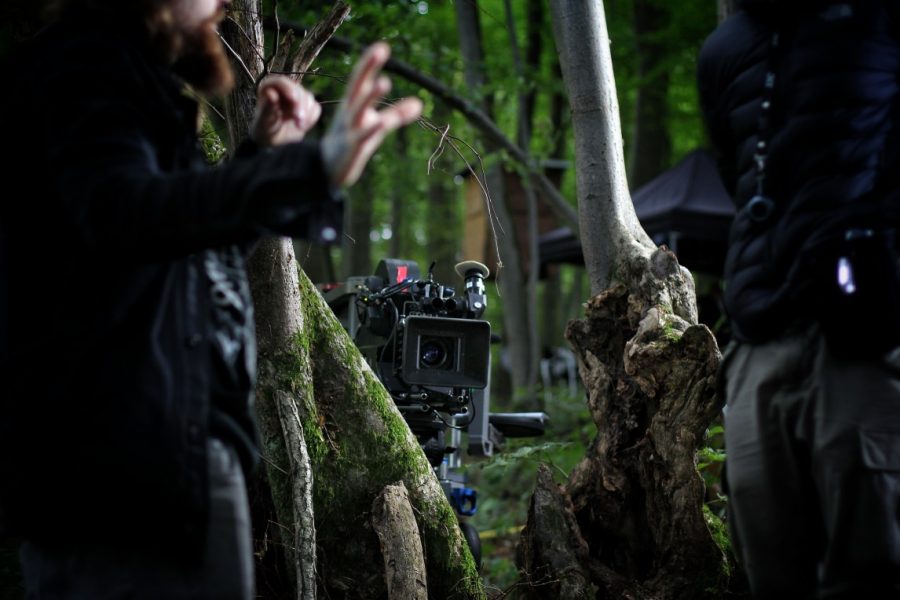
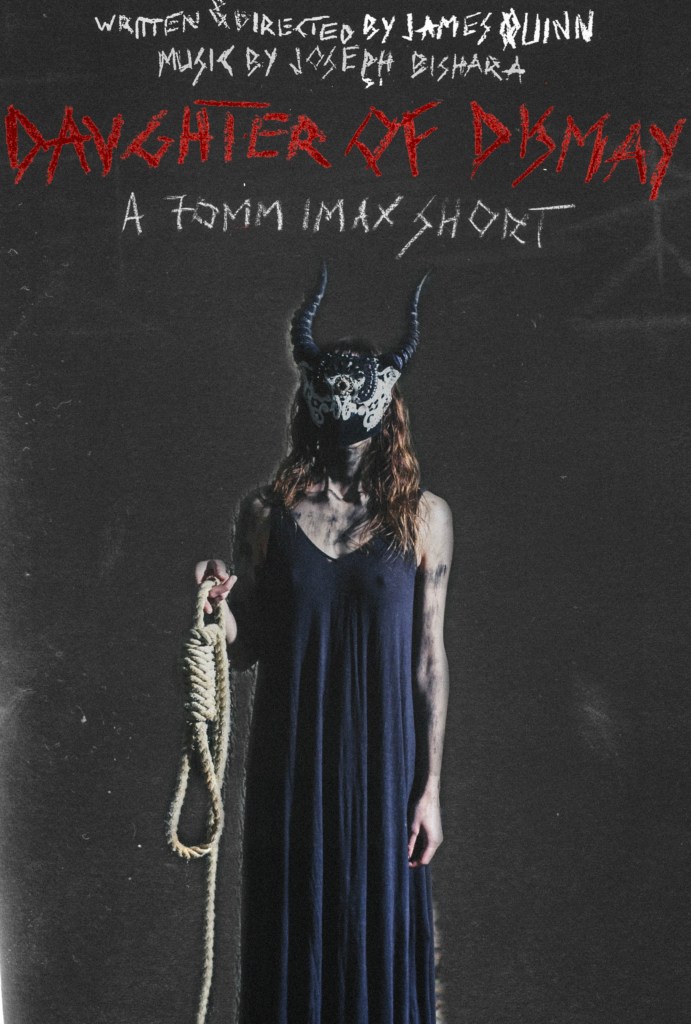
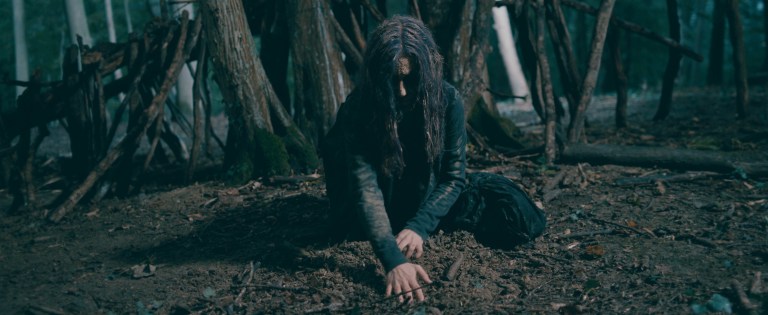
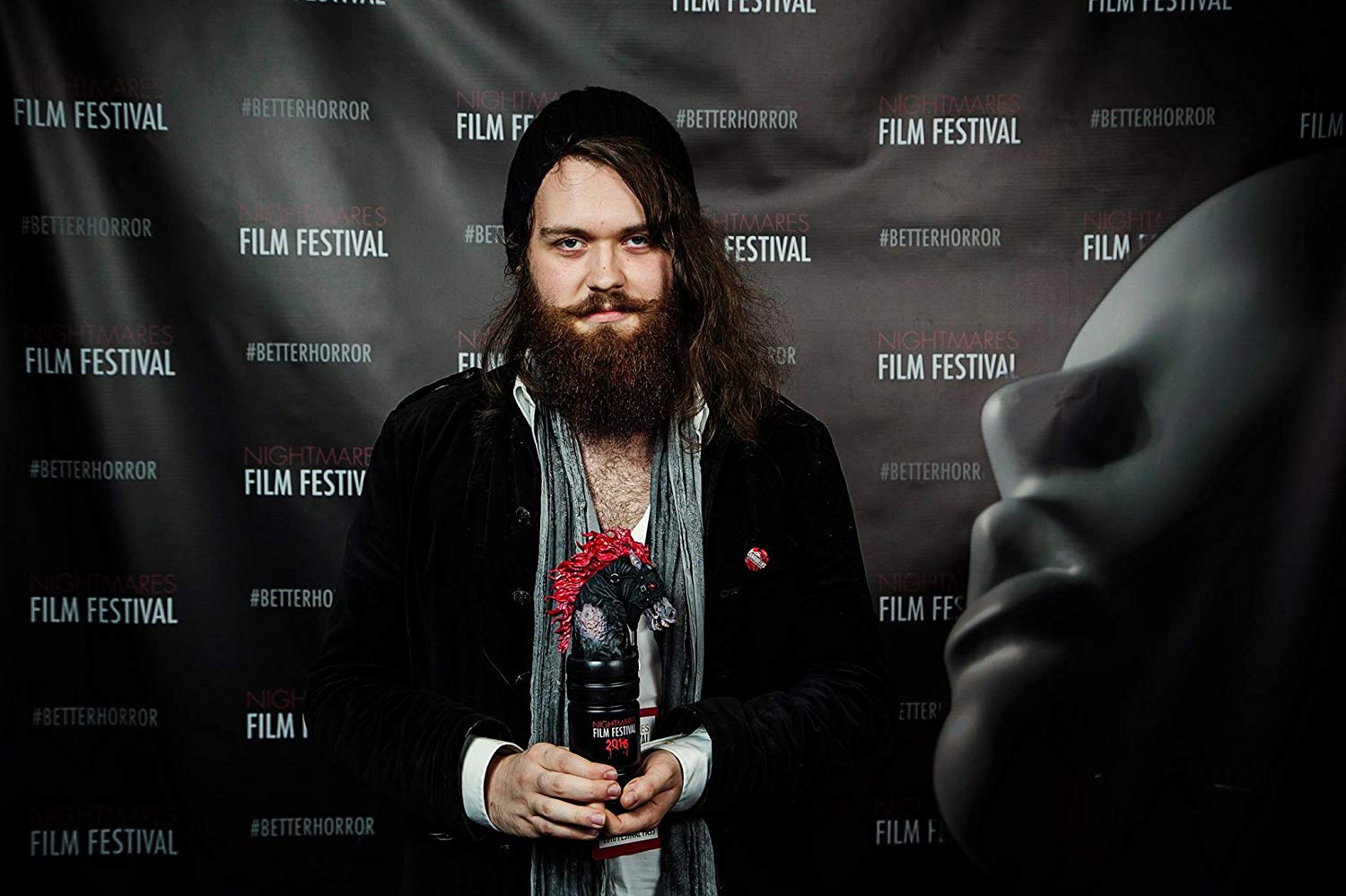
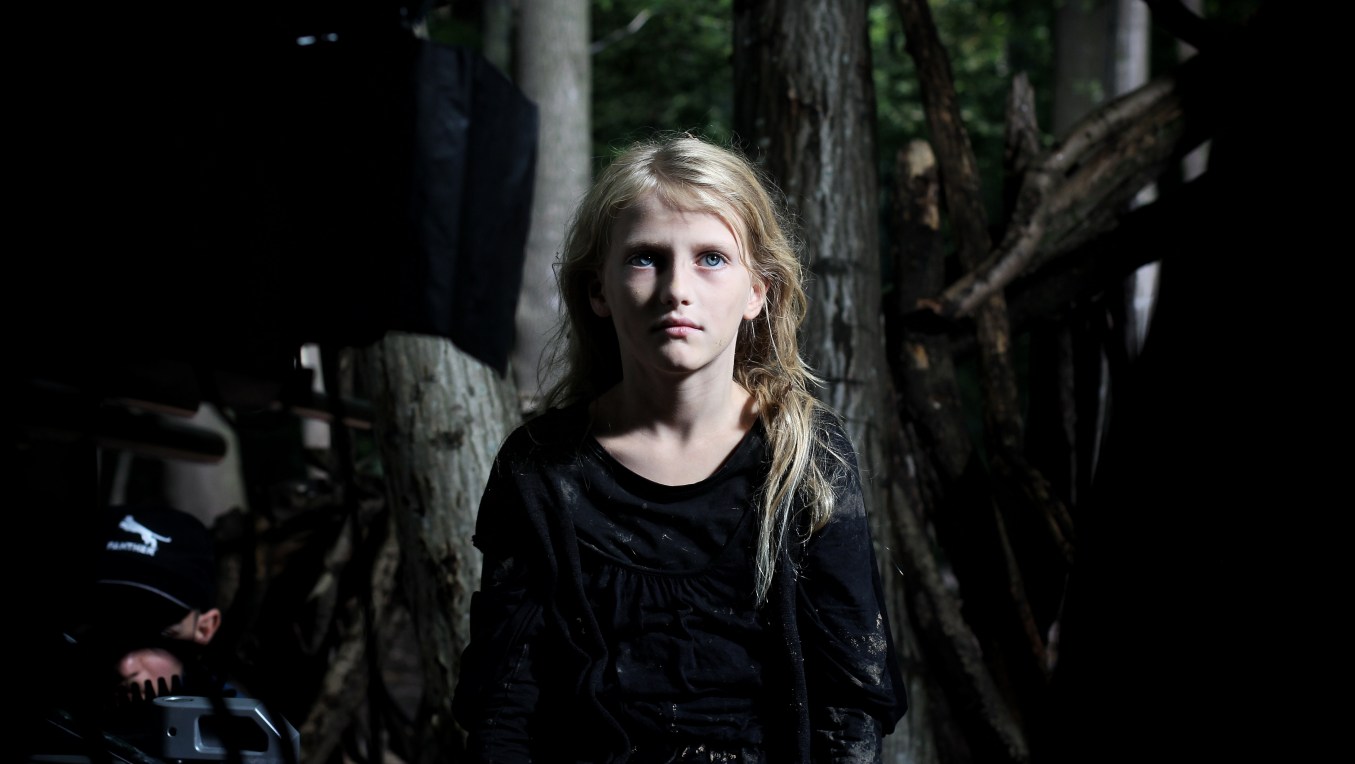
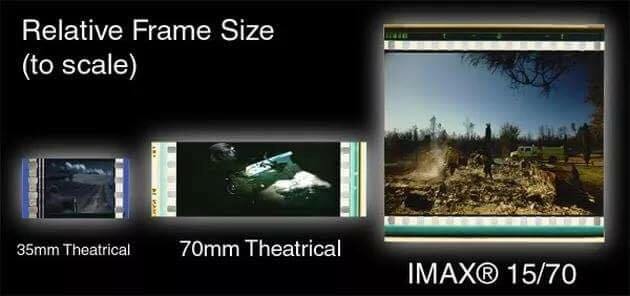
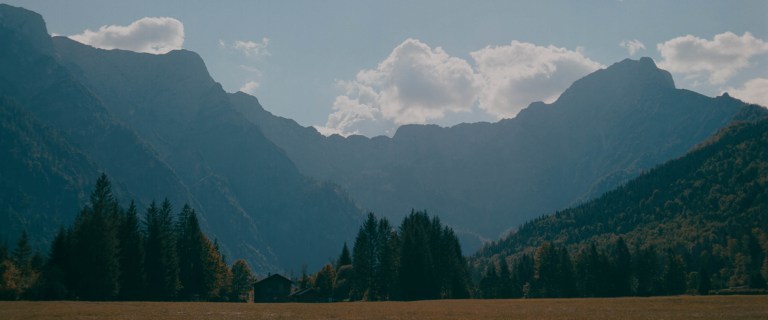
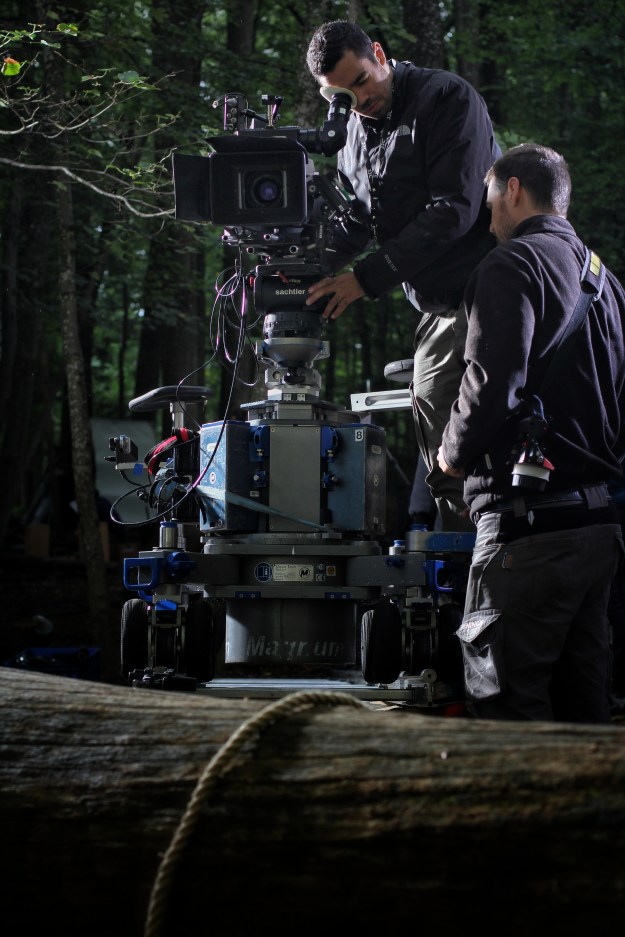
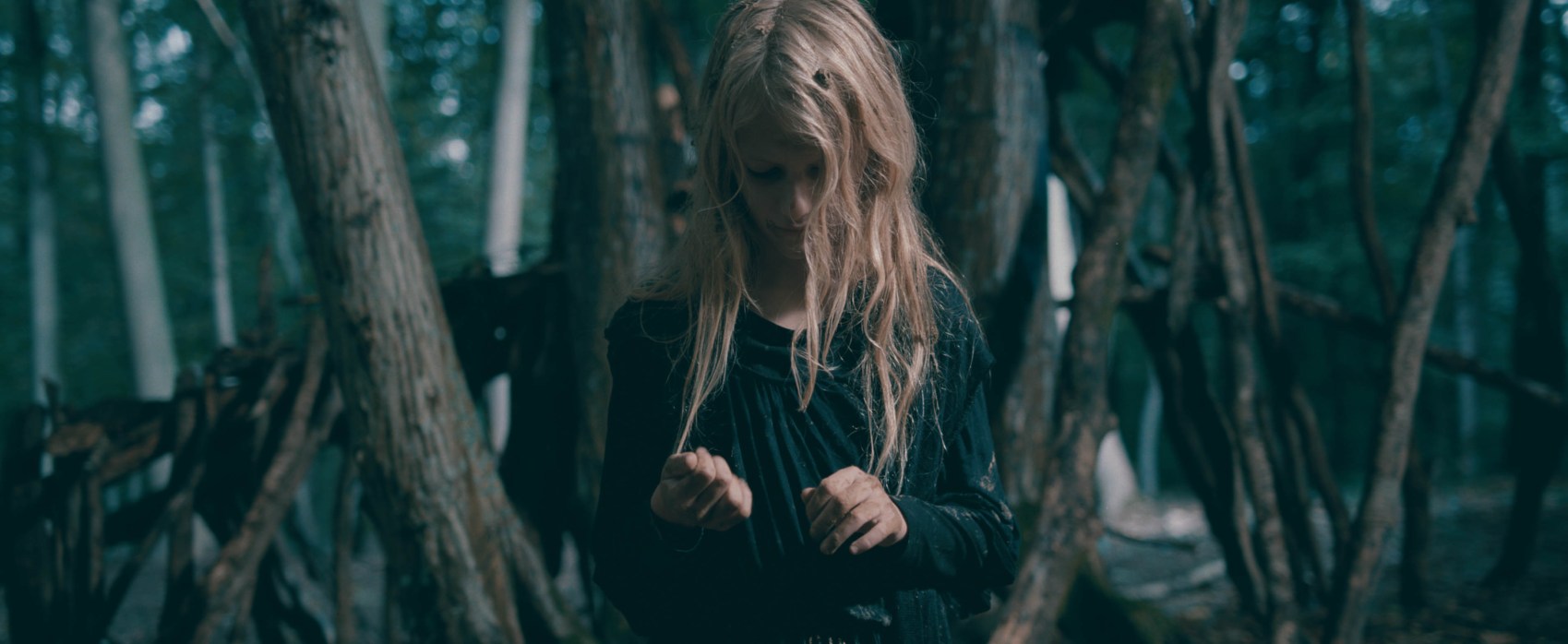
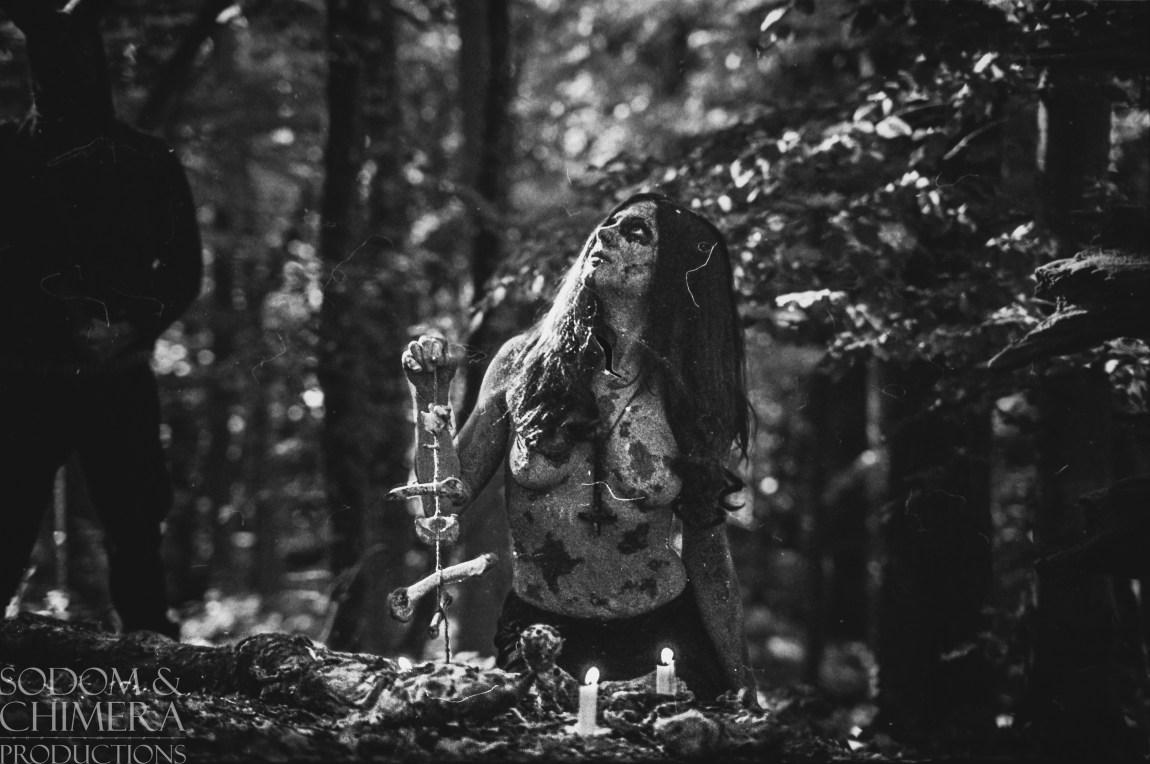
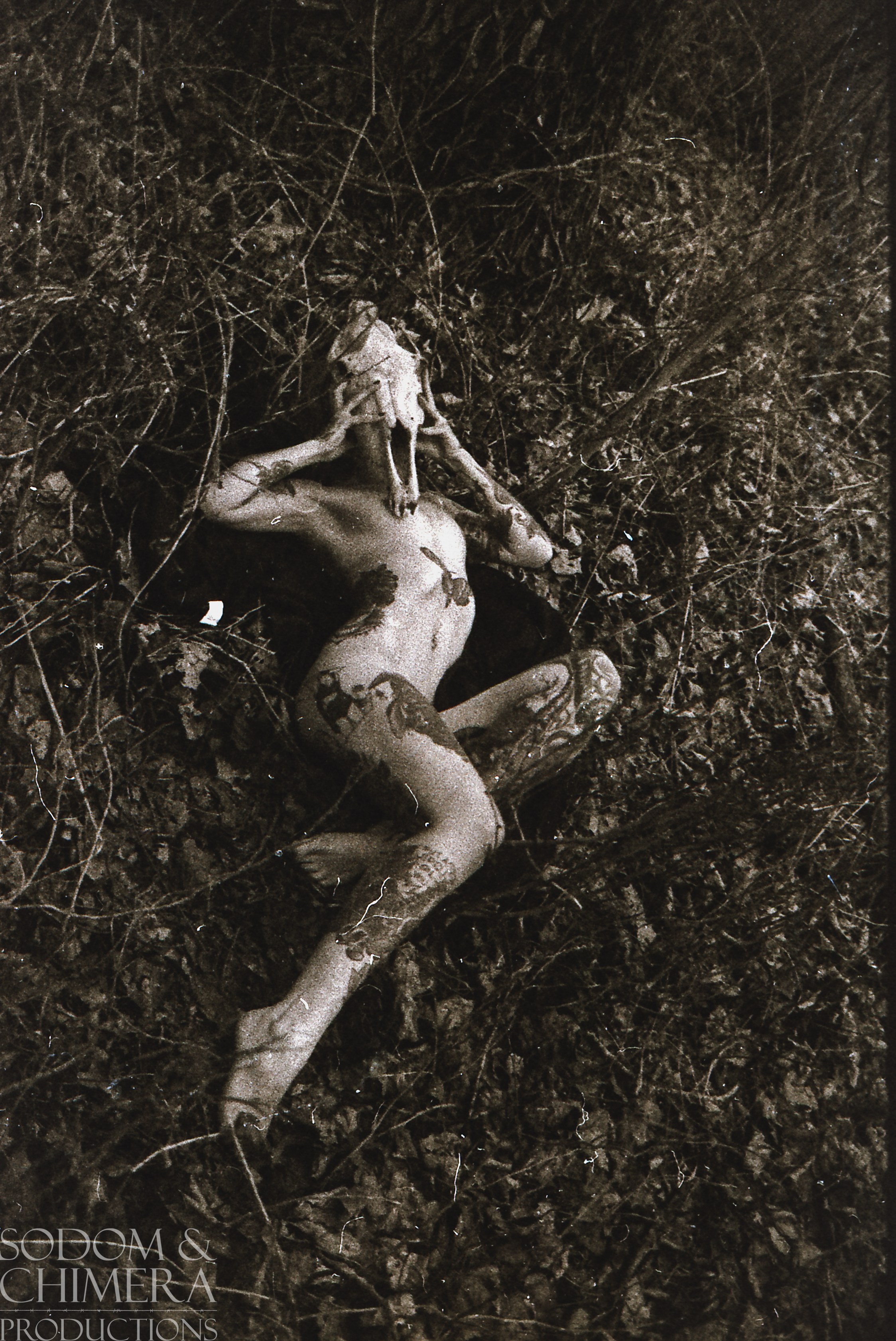
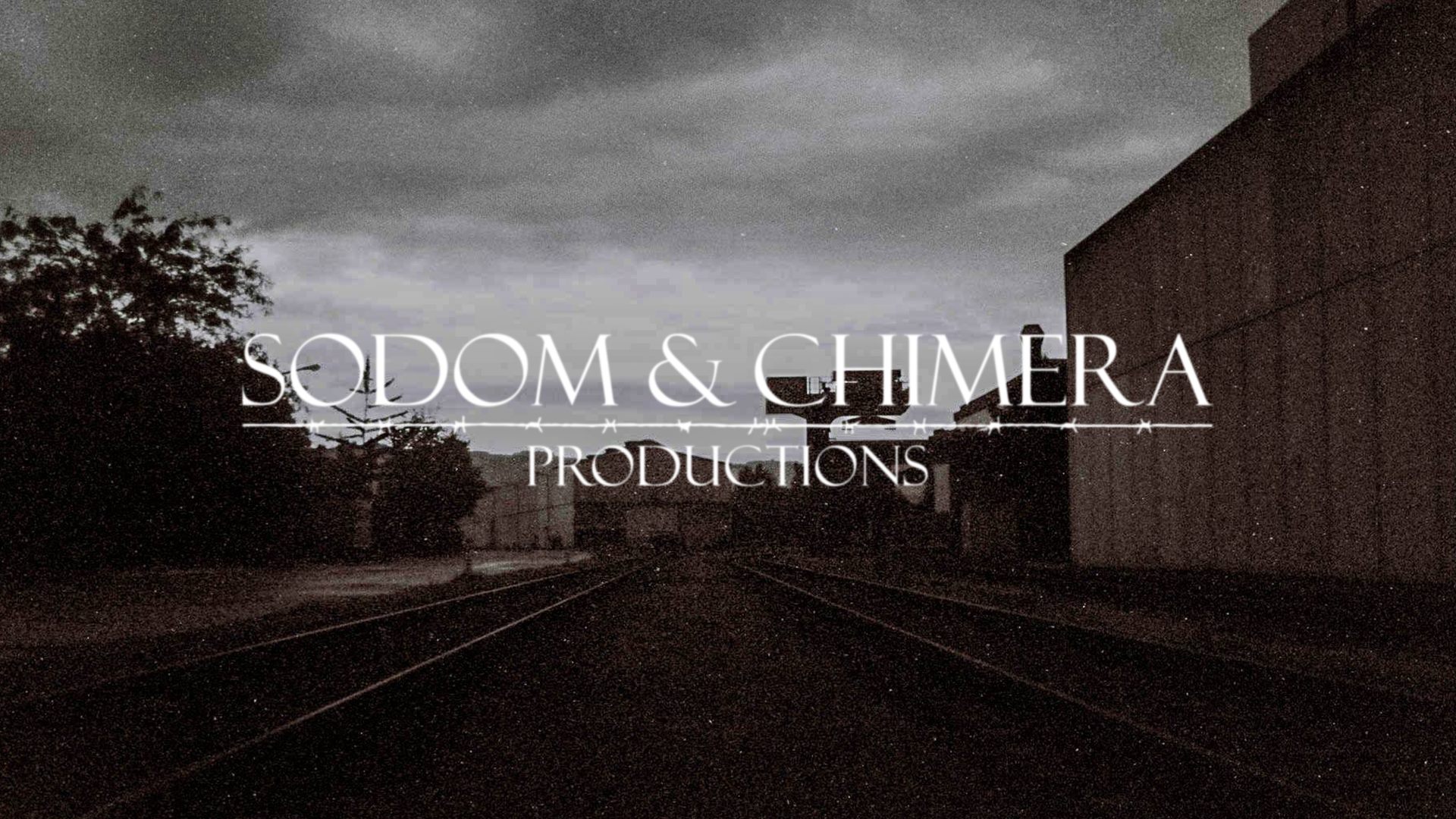
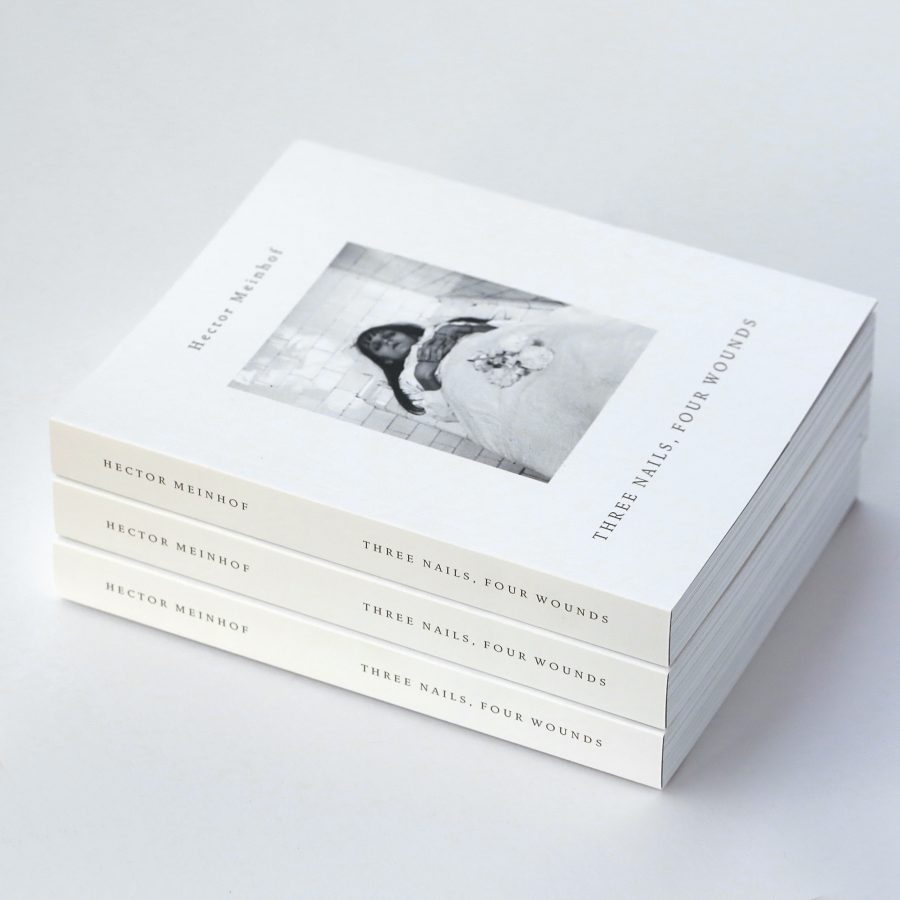



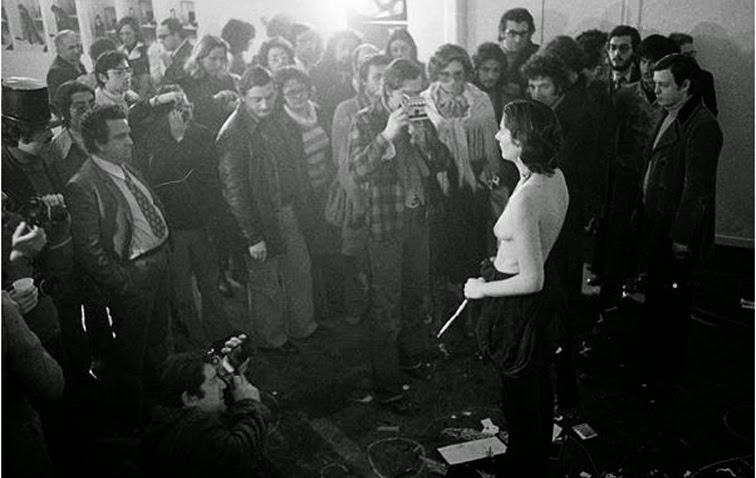



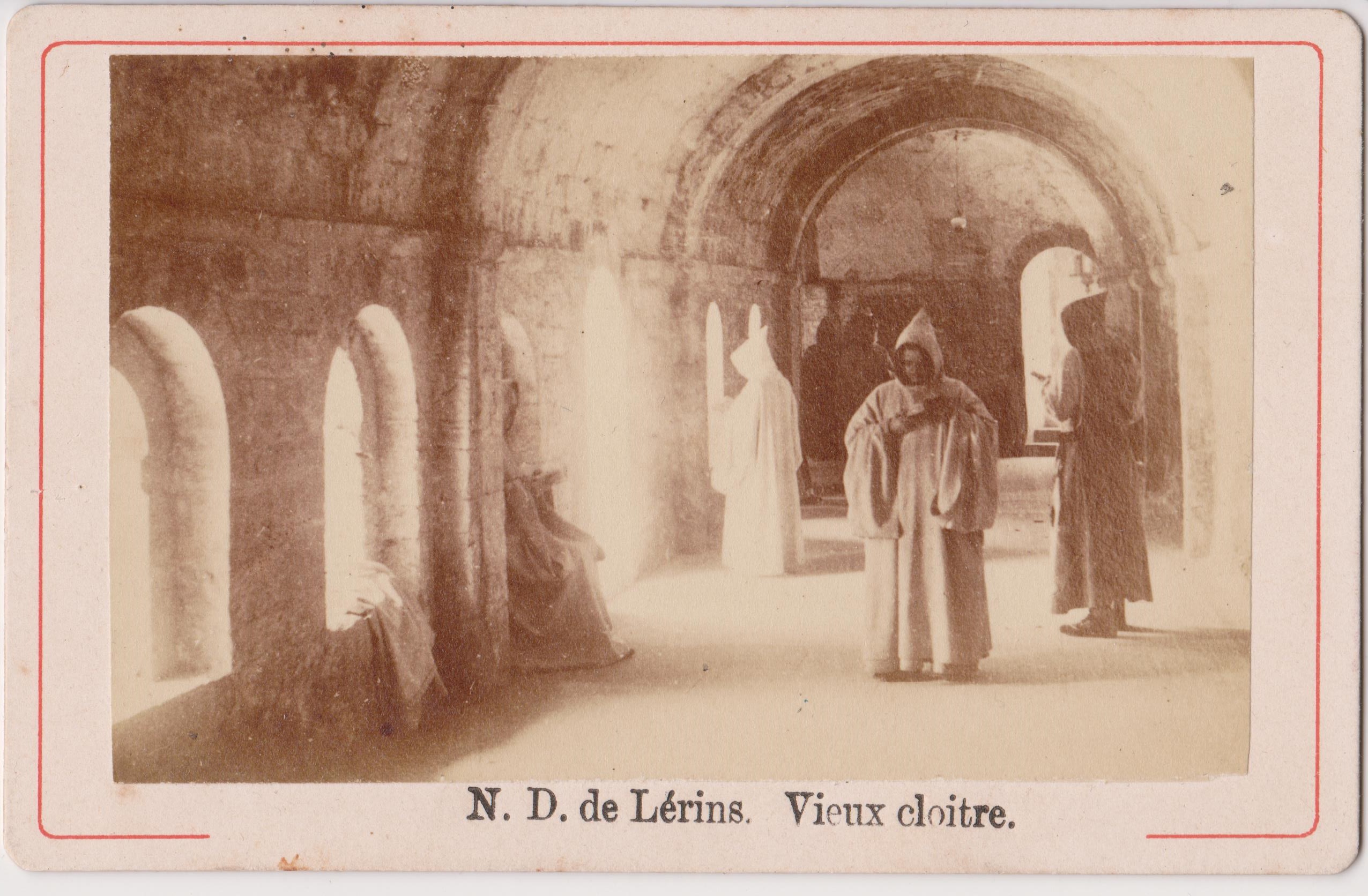
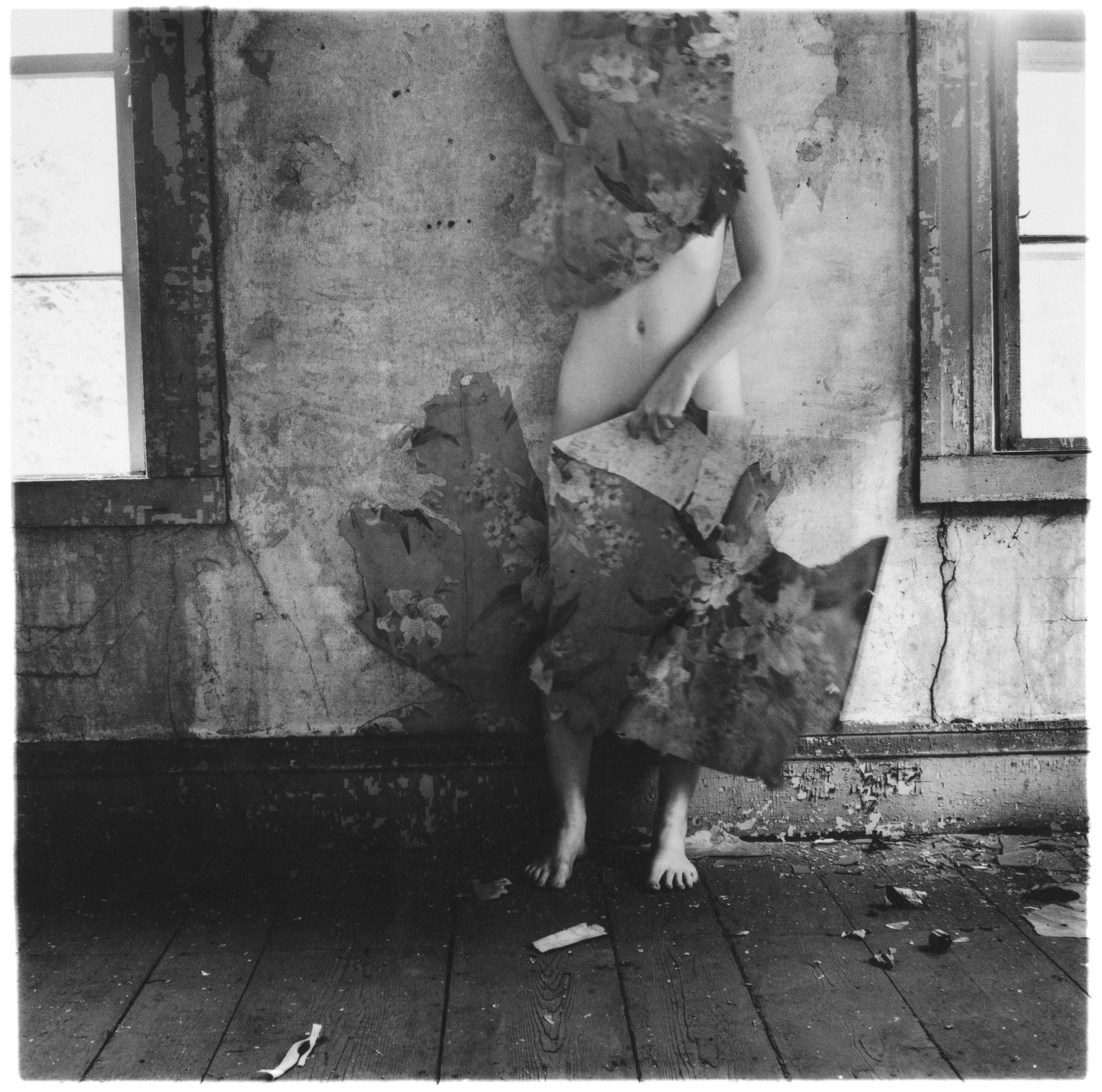
 Vintage hidden mother photographs from Three Nails, Four Wounds.
Vintage hidden mother photographs from Three Nails, Four Wounds.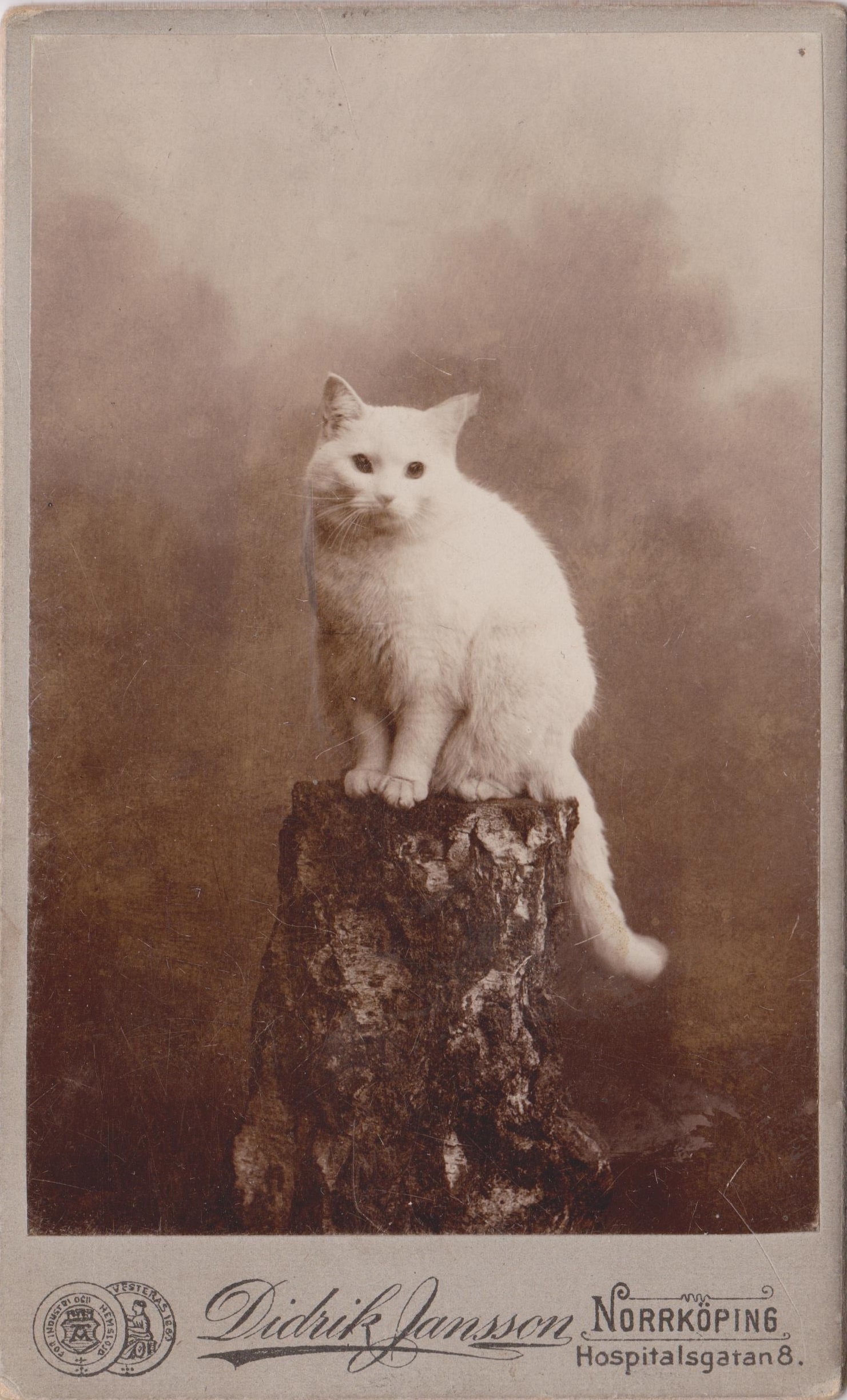


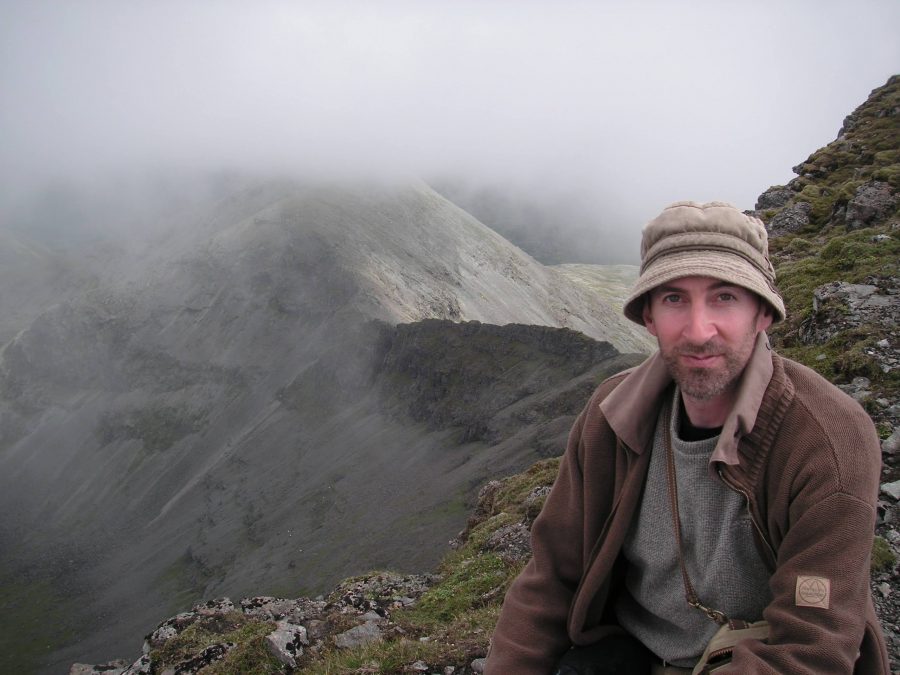
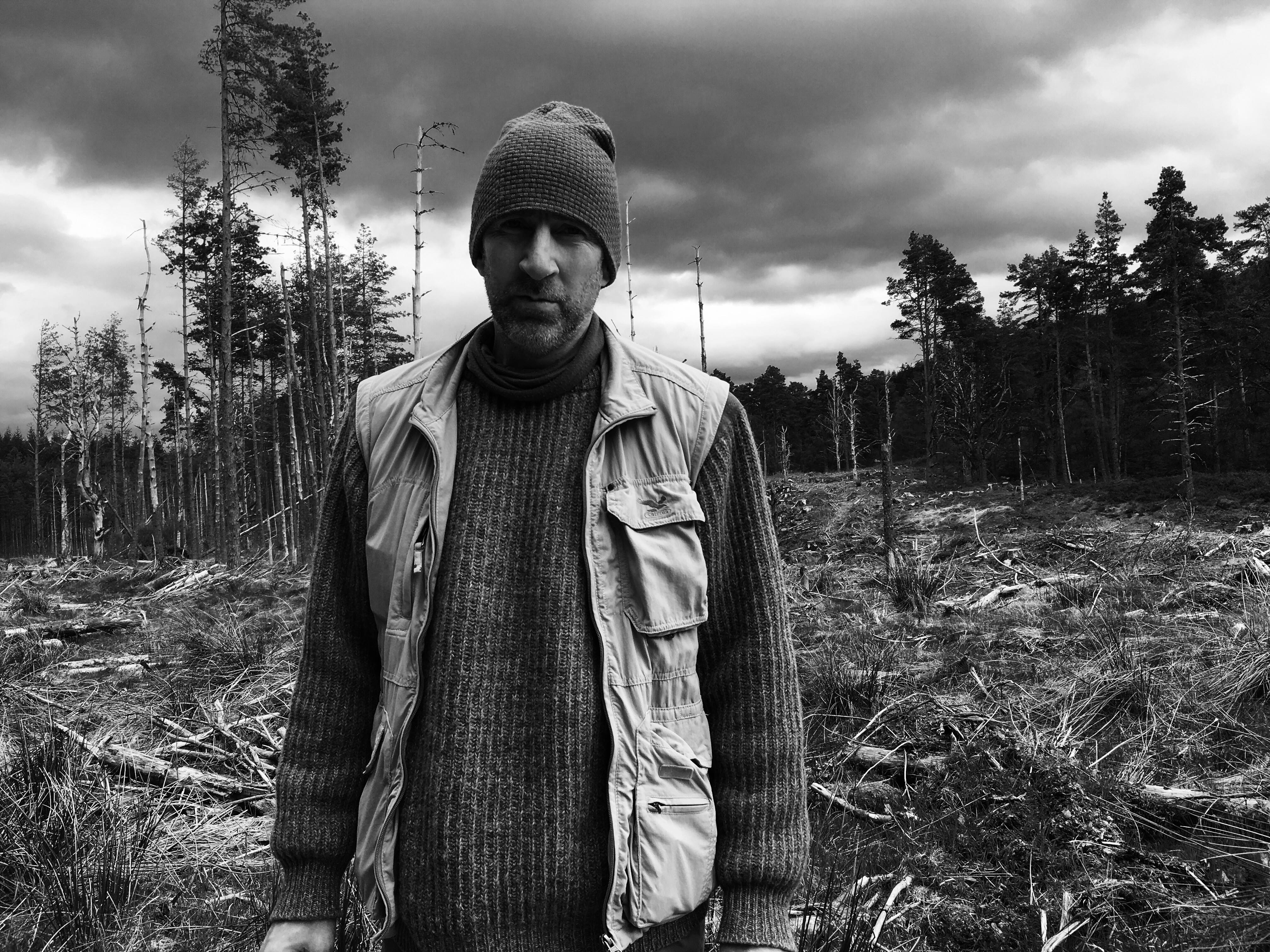
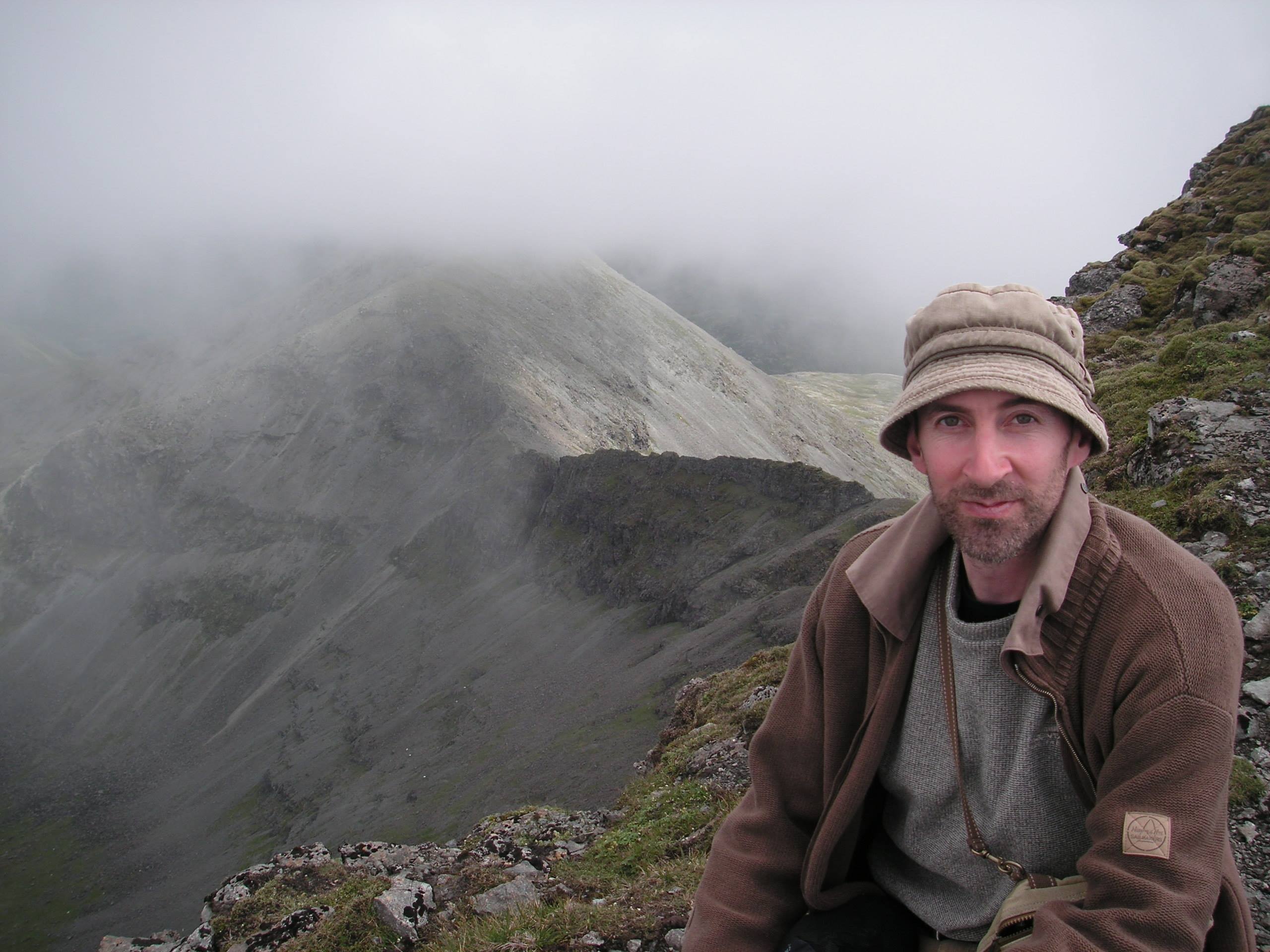
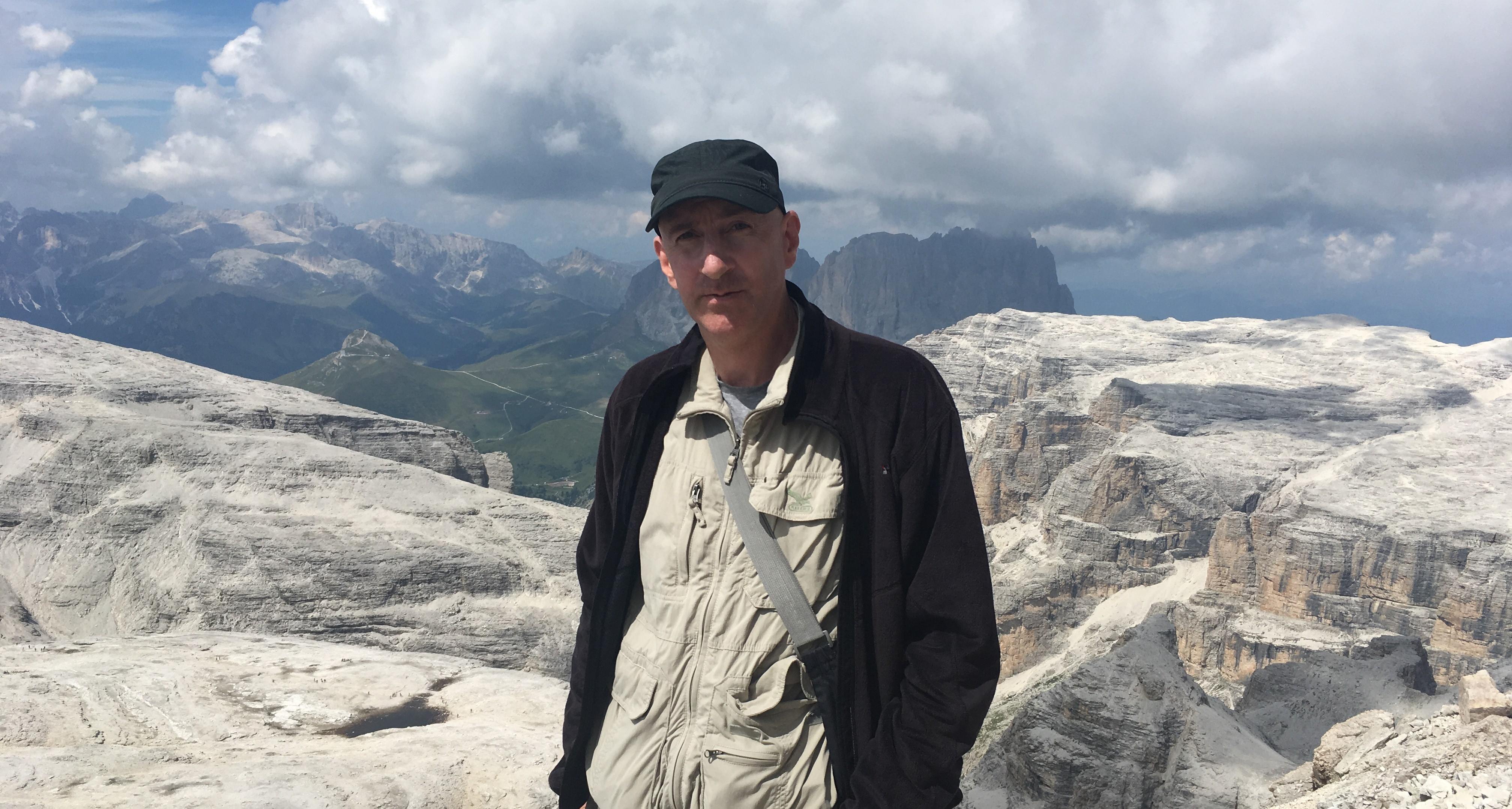

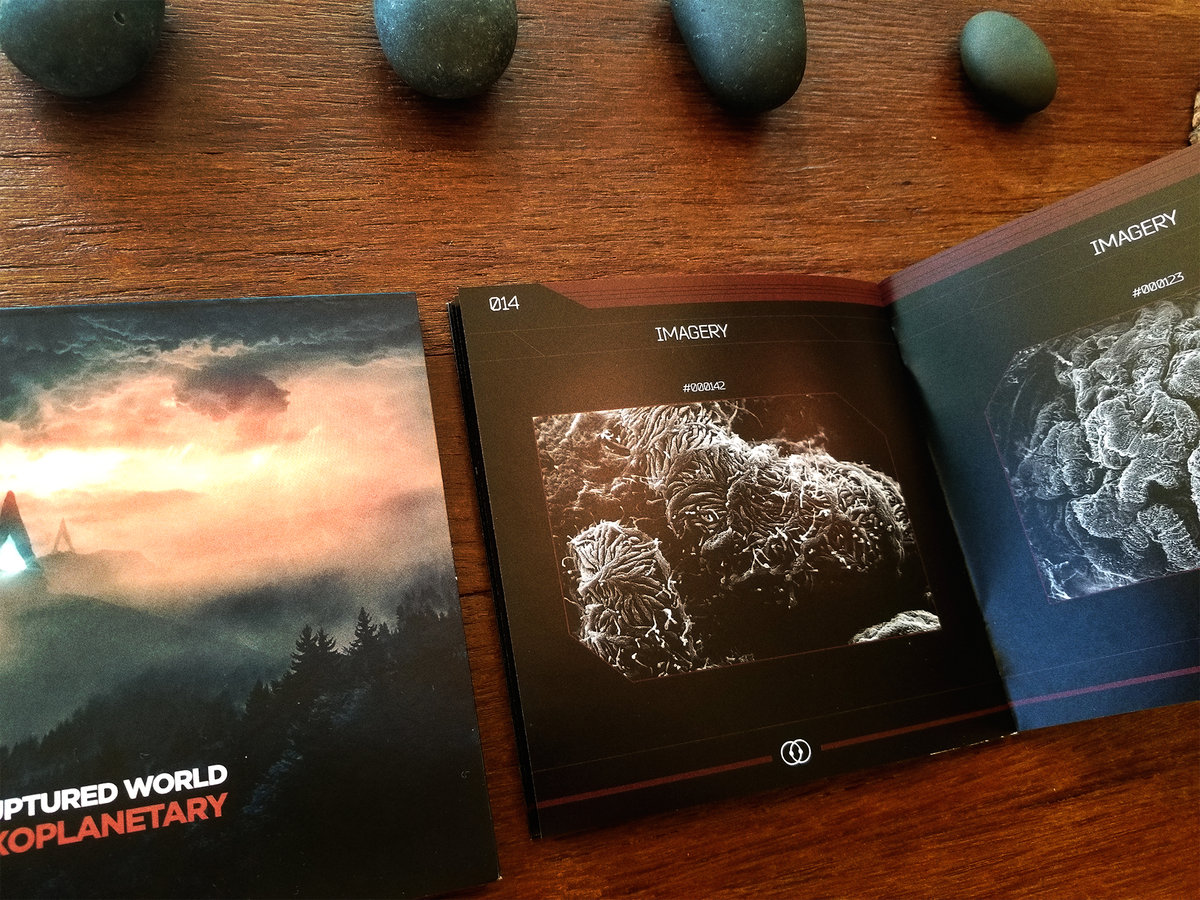
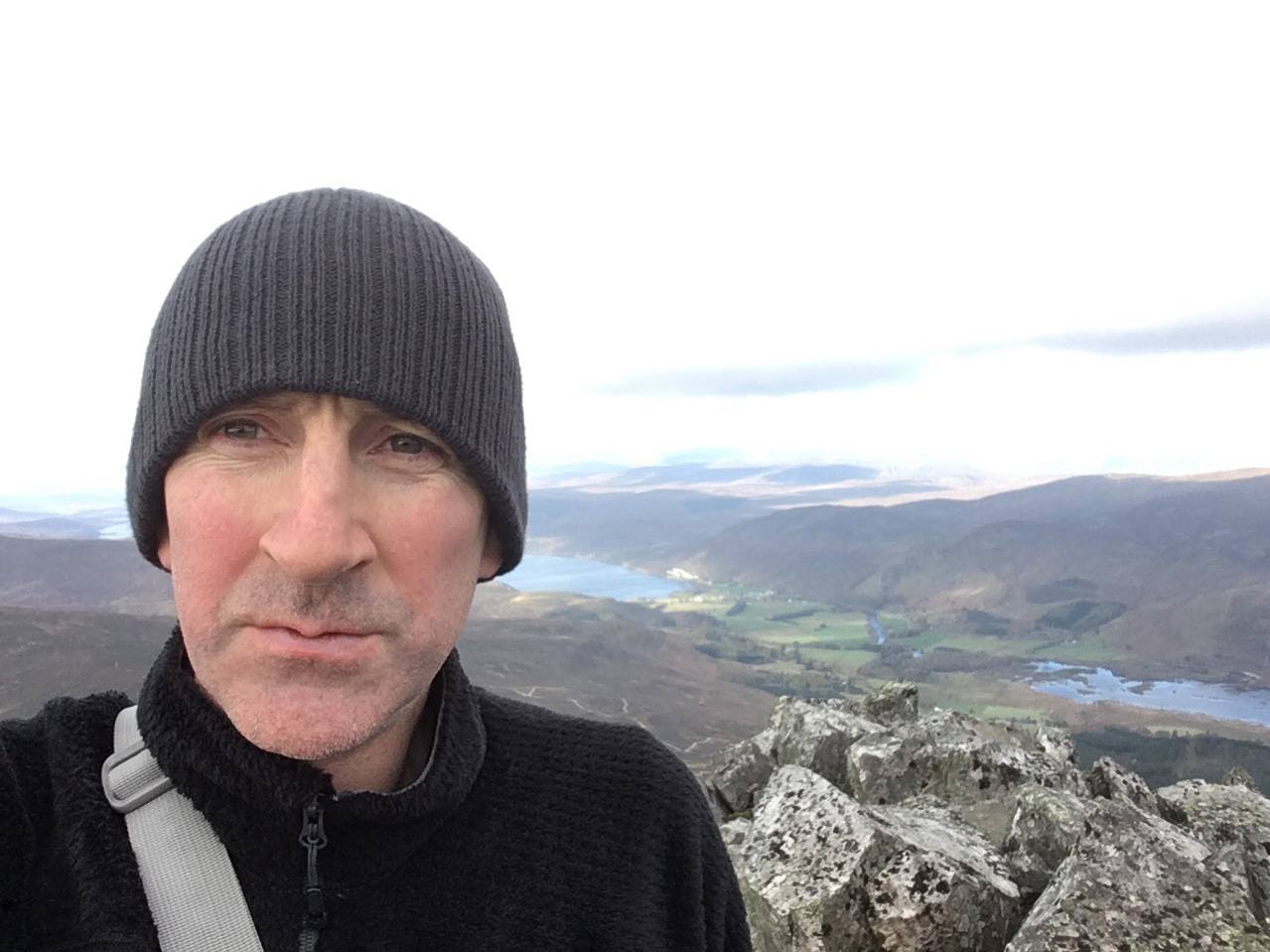



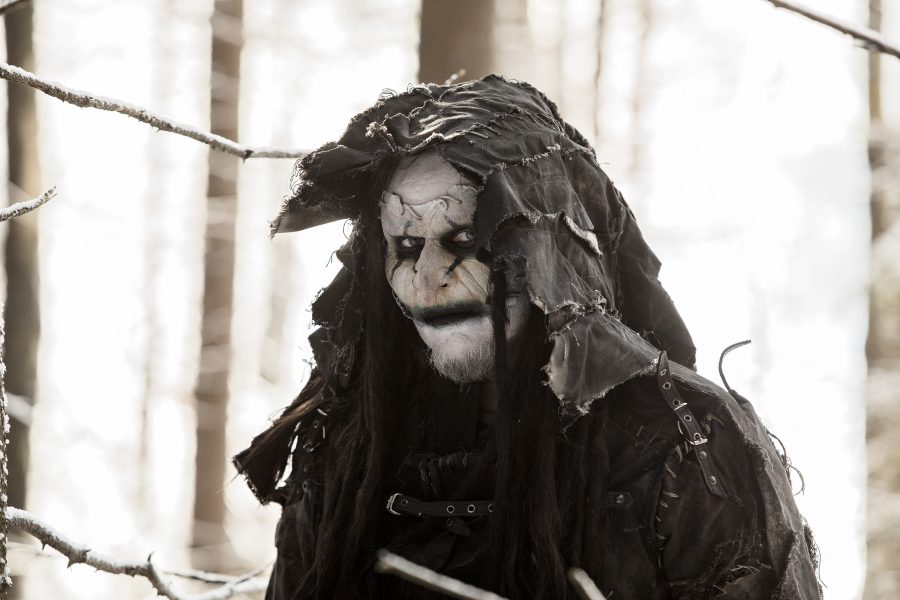
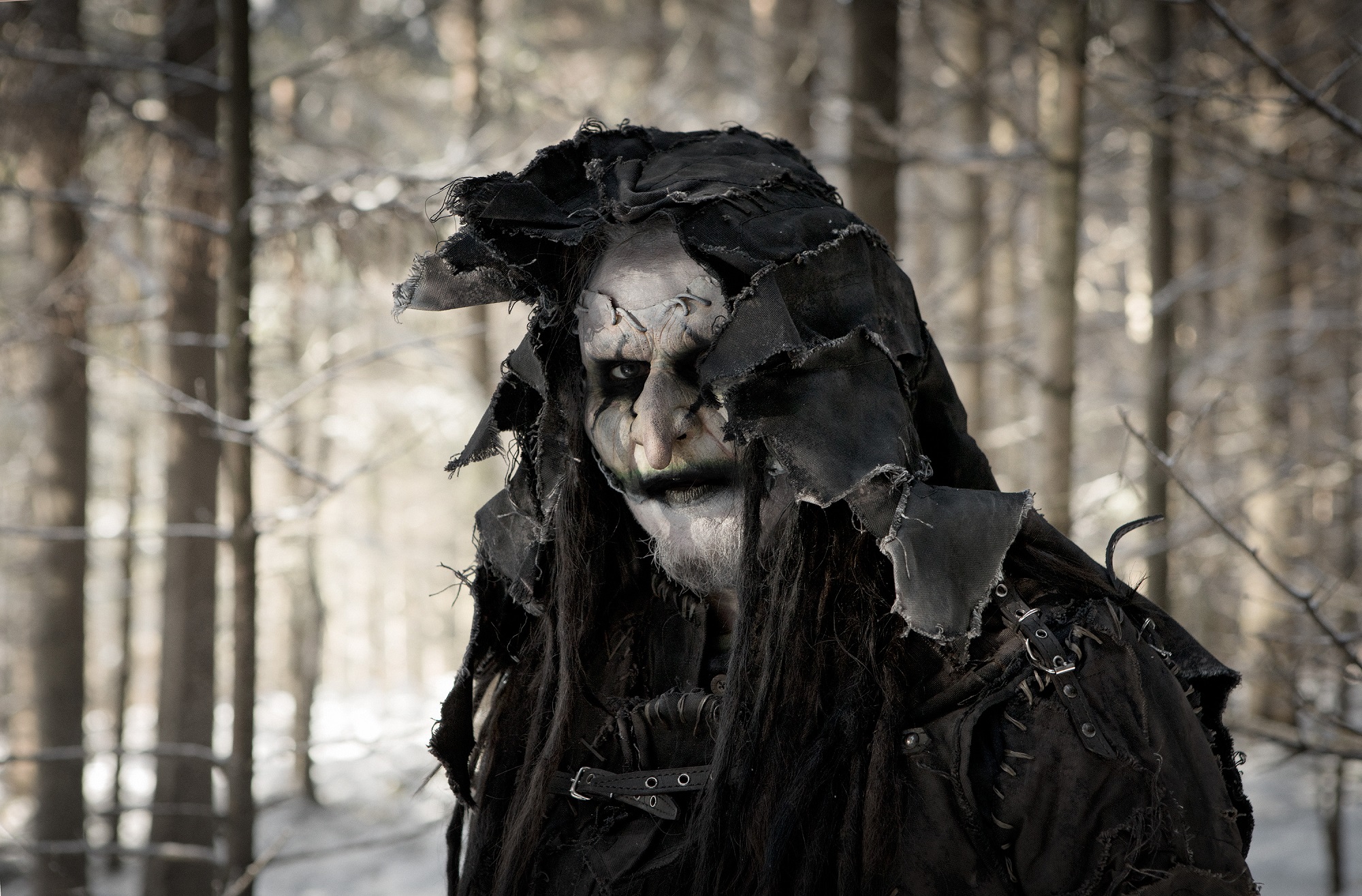
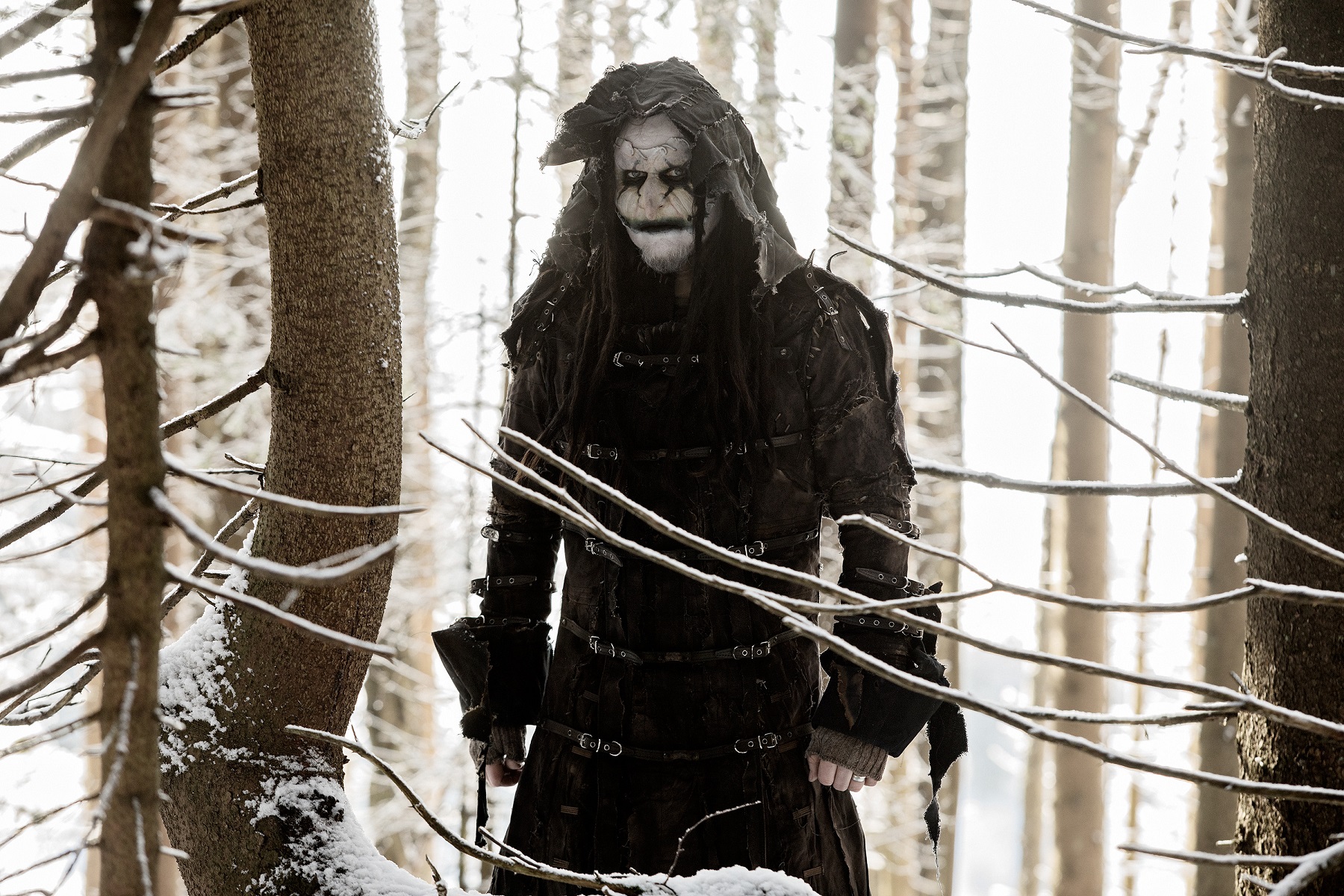
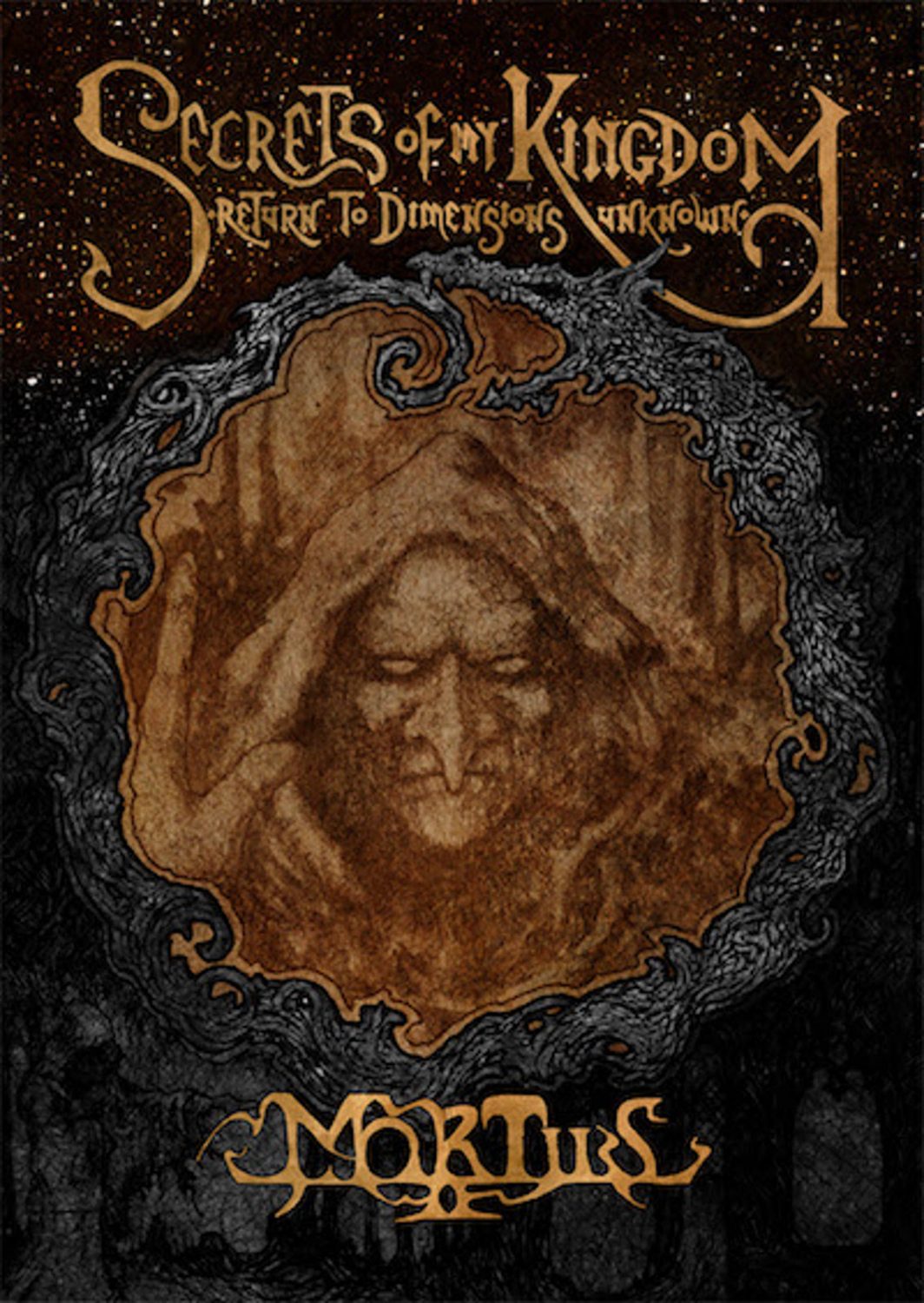
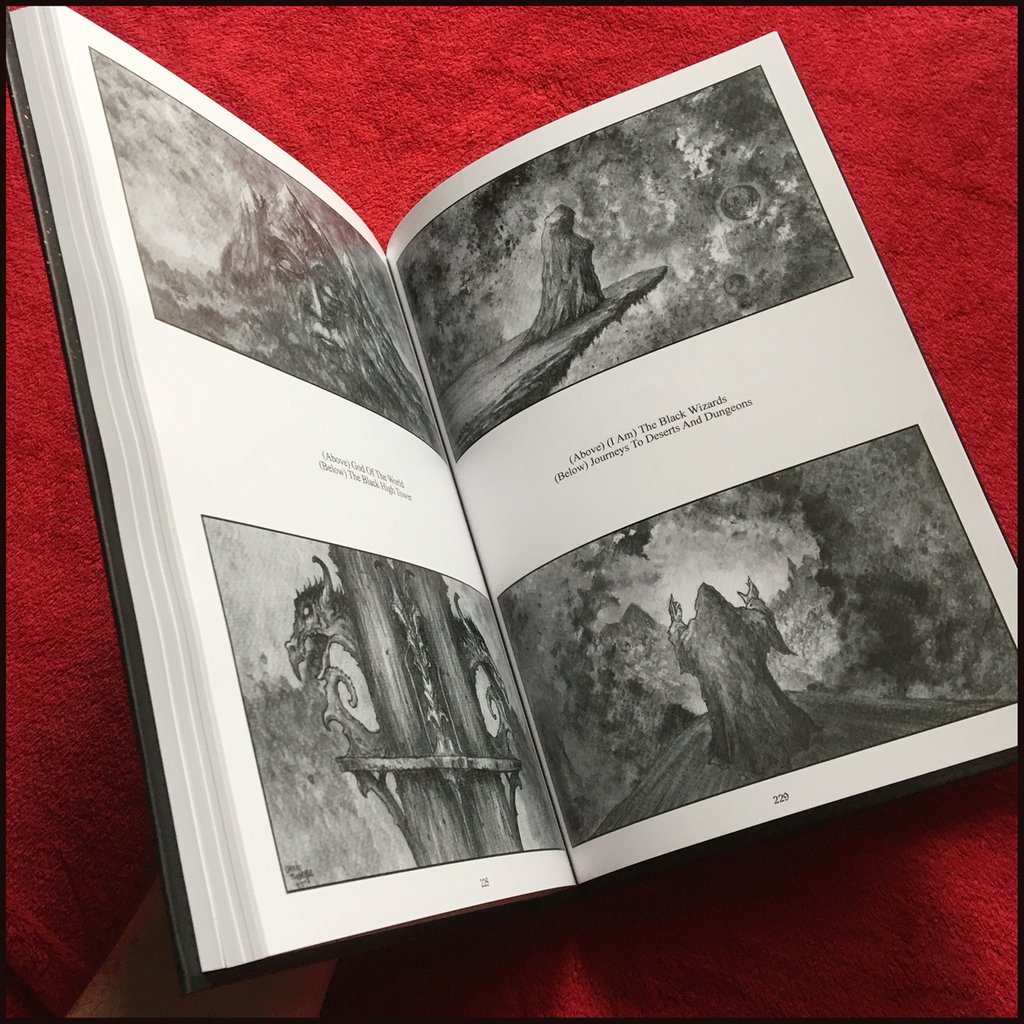
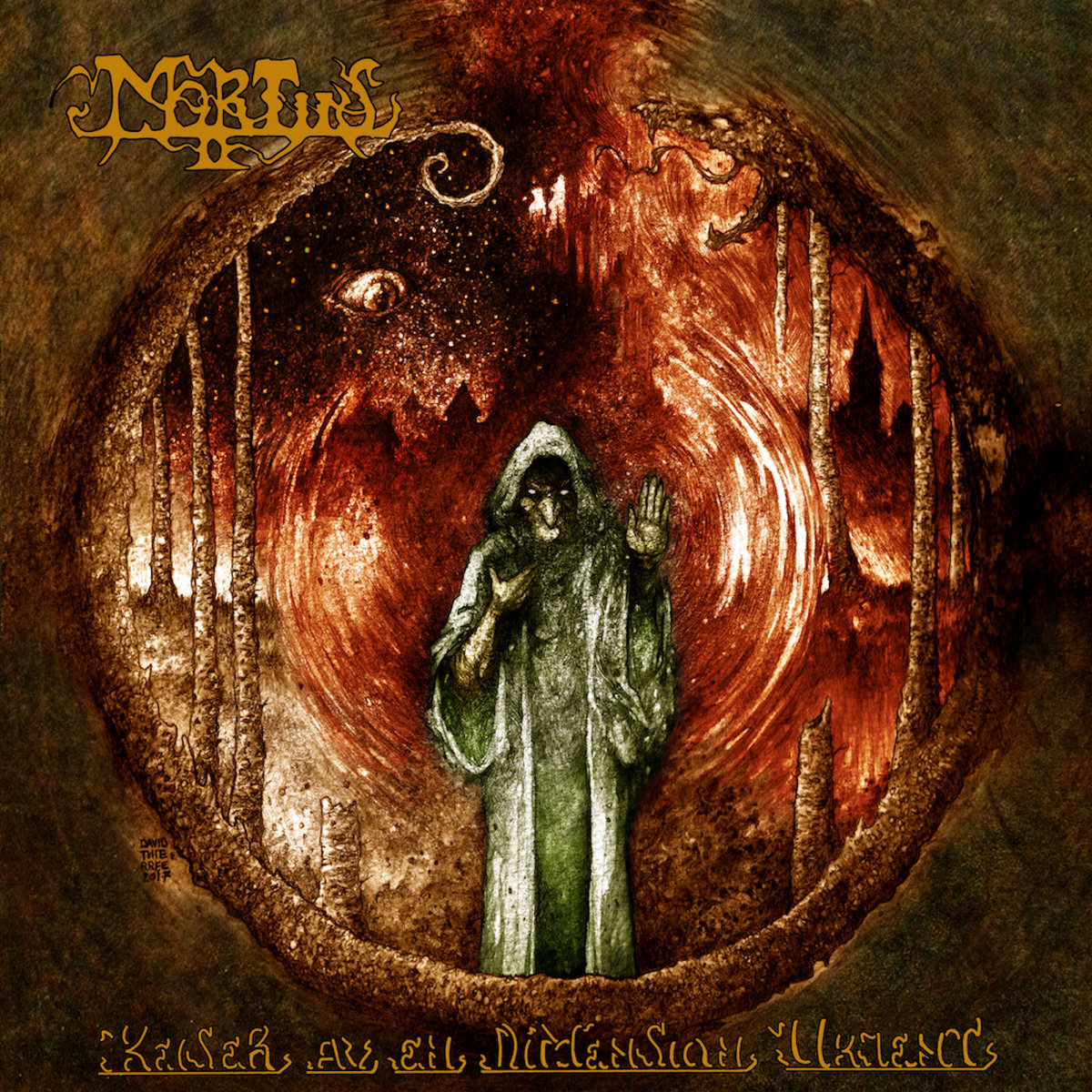
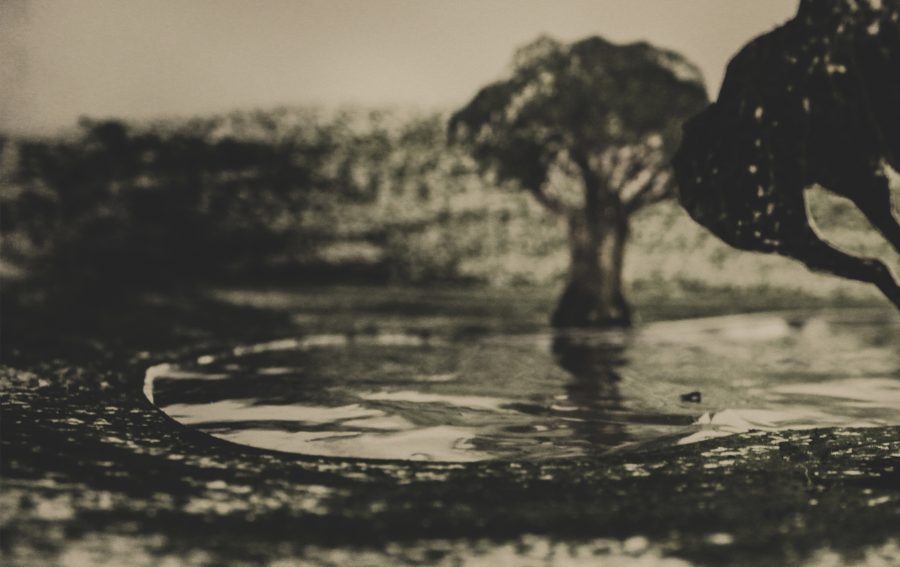
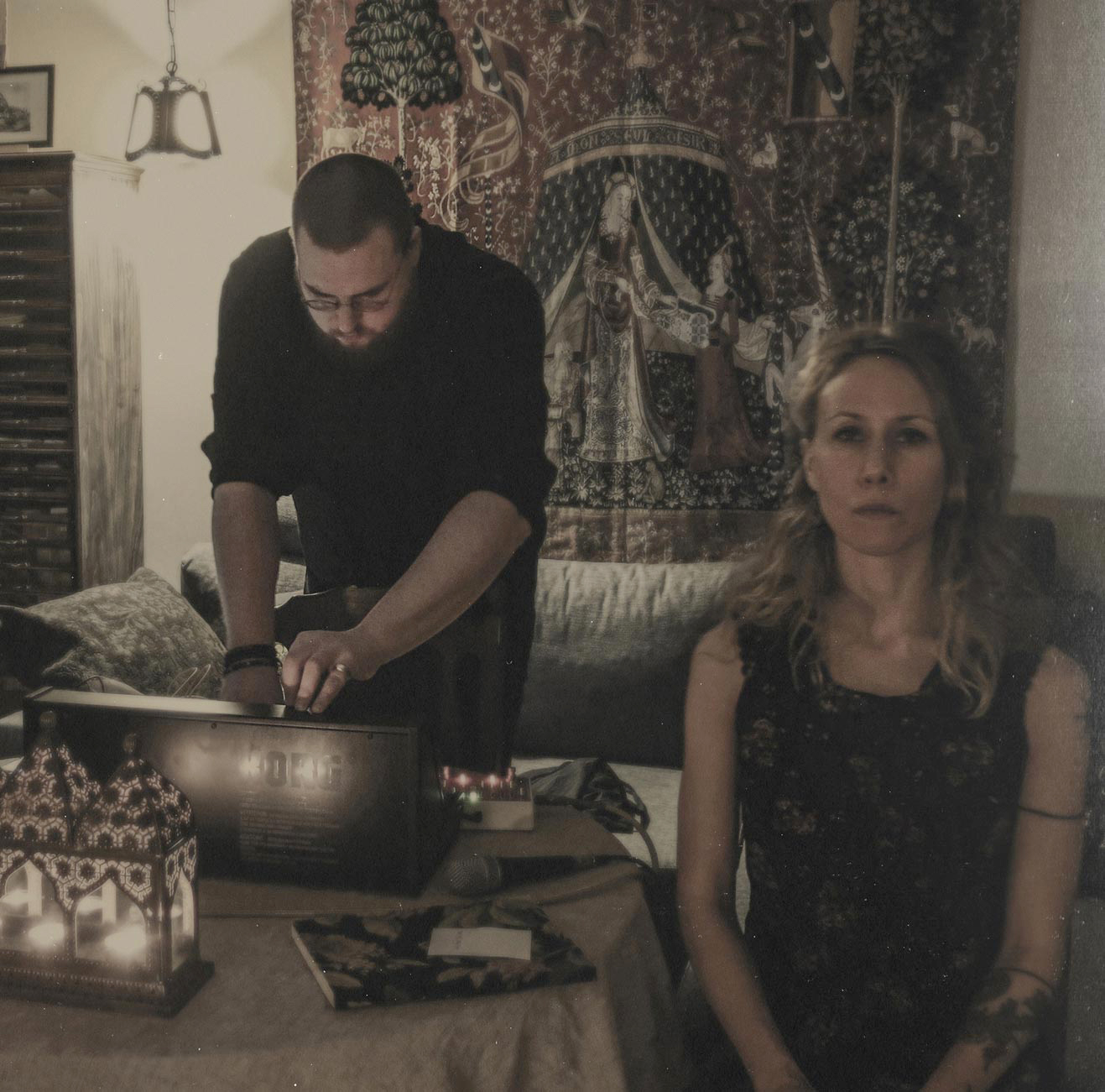
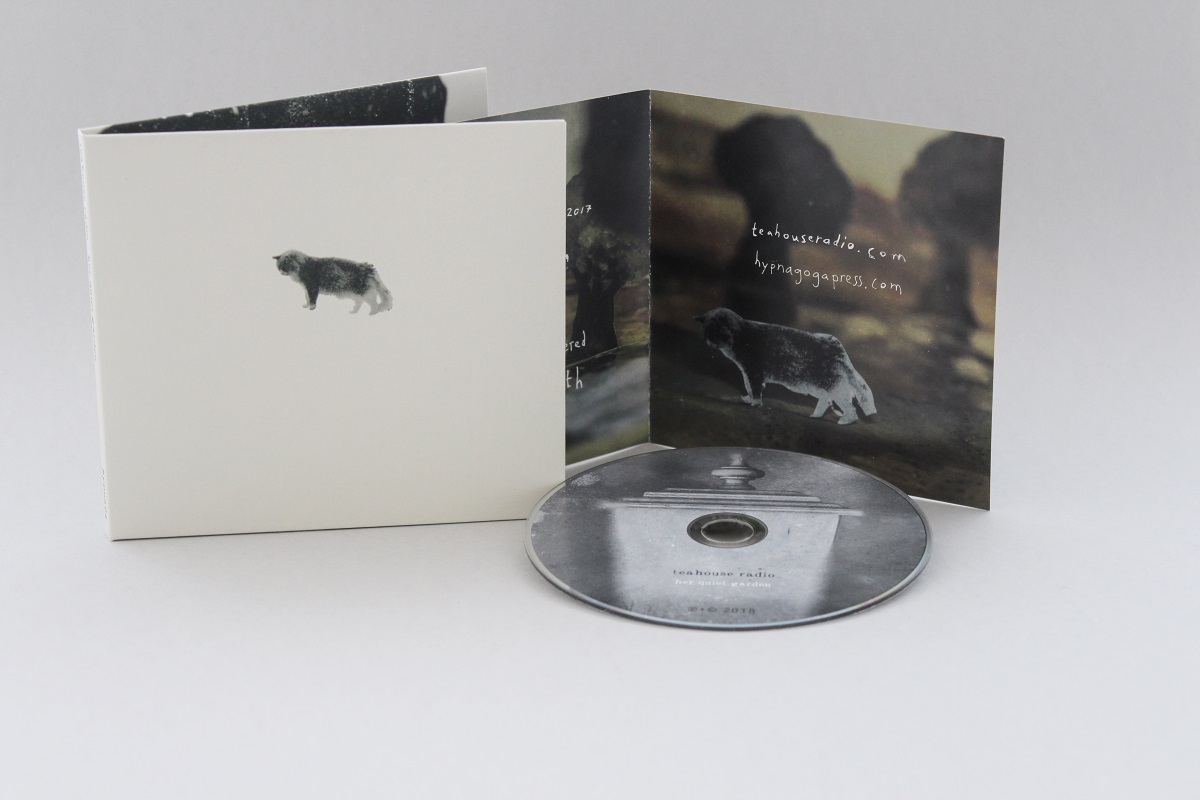
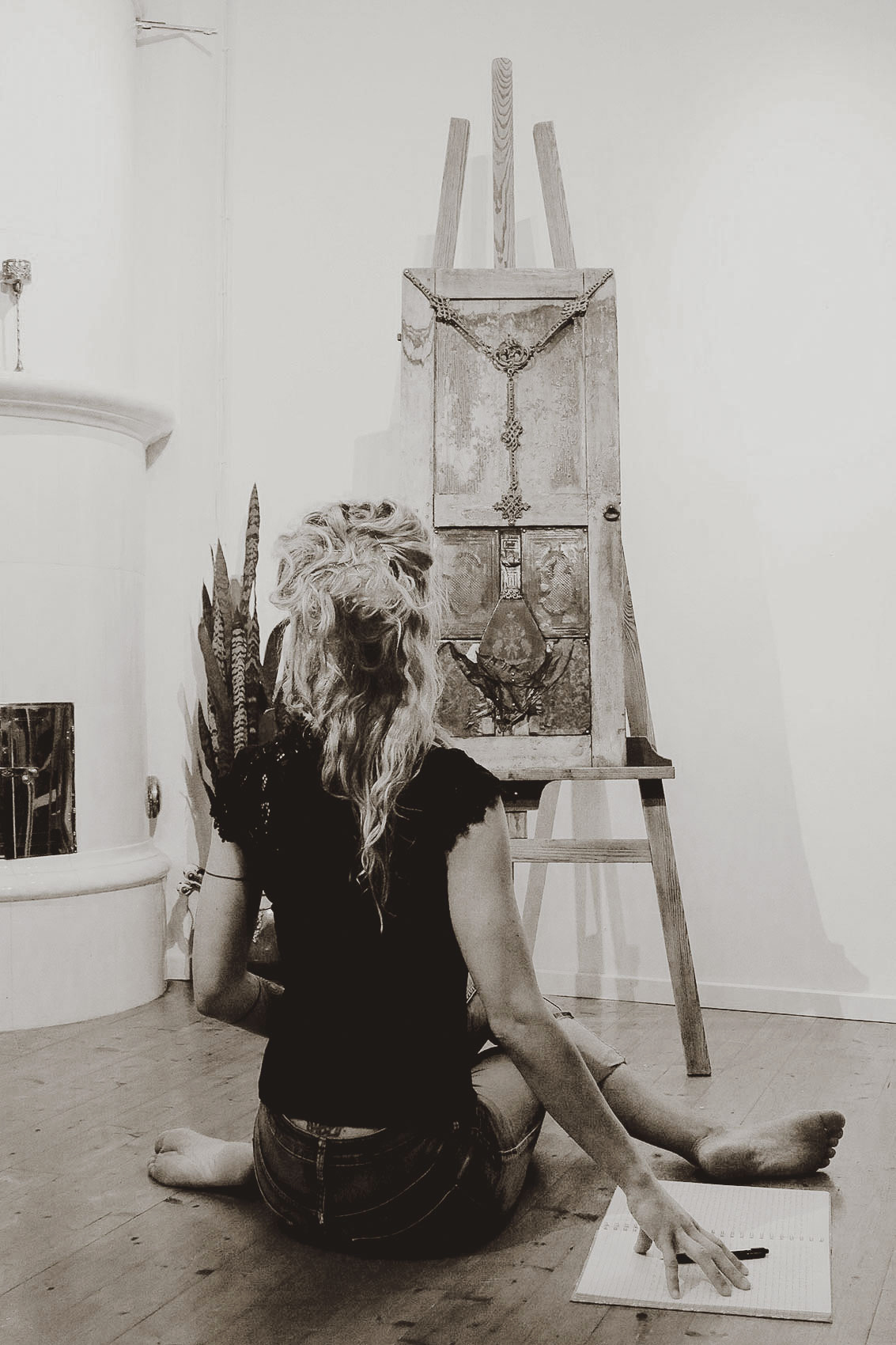
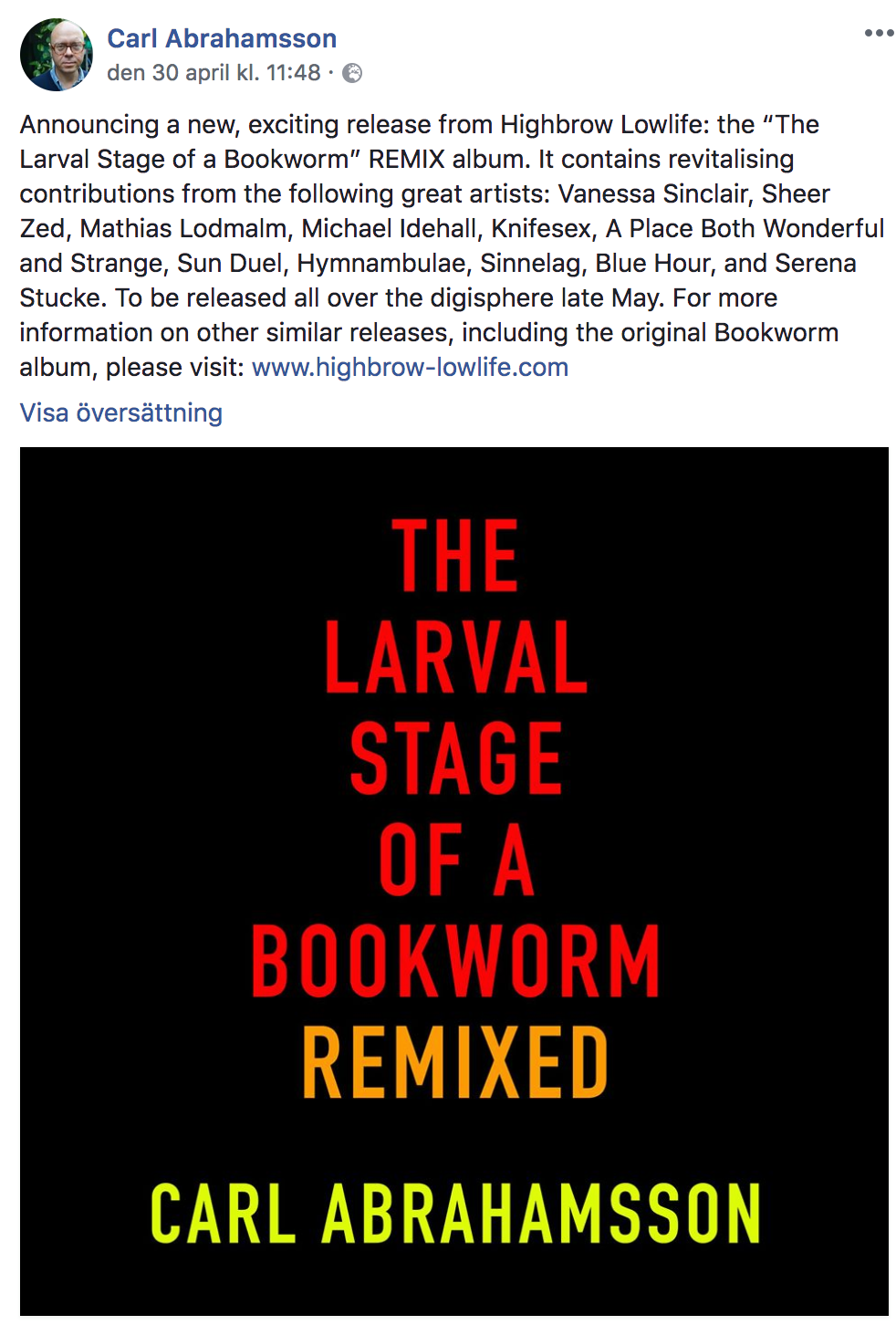
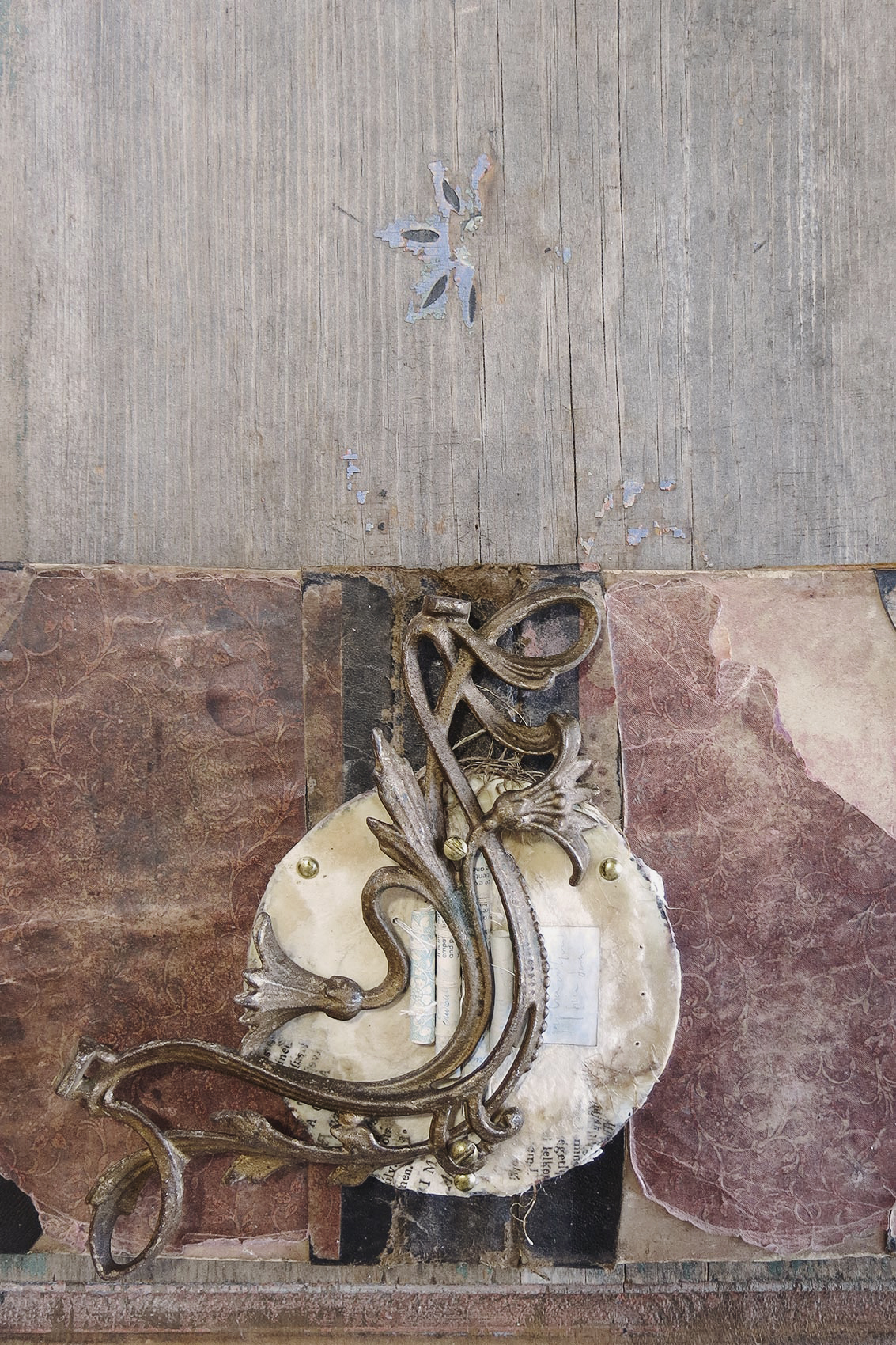
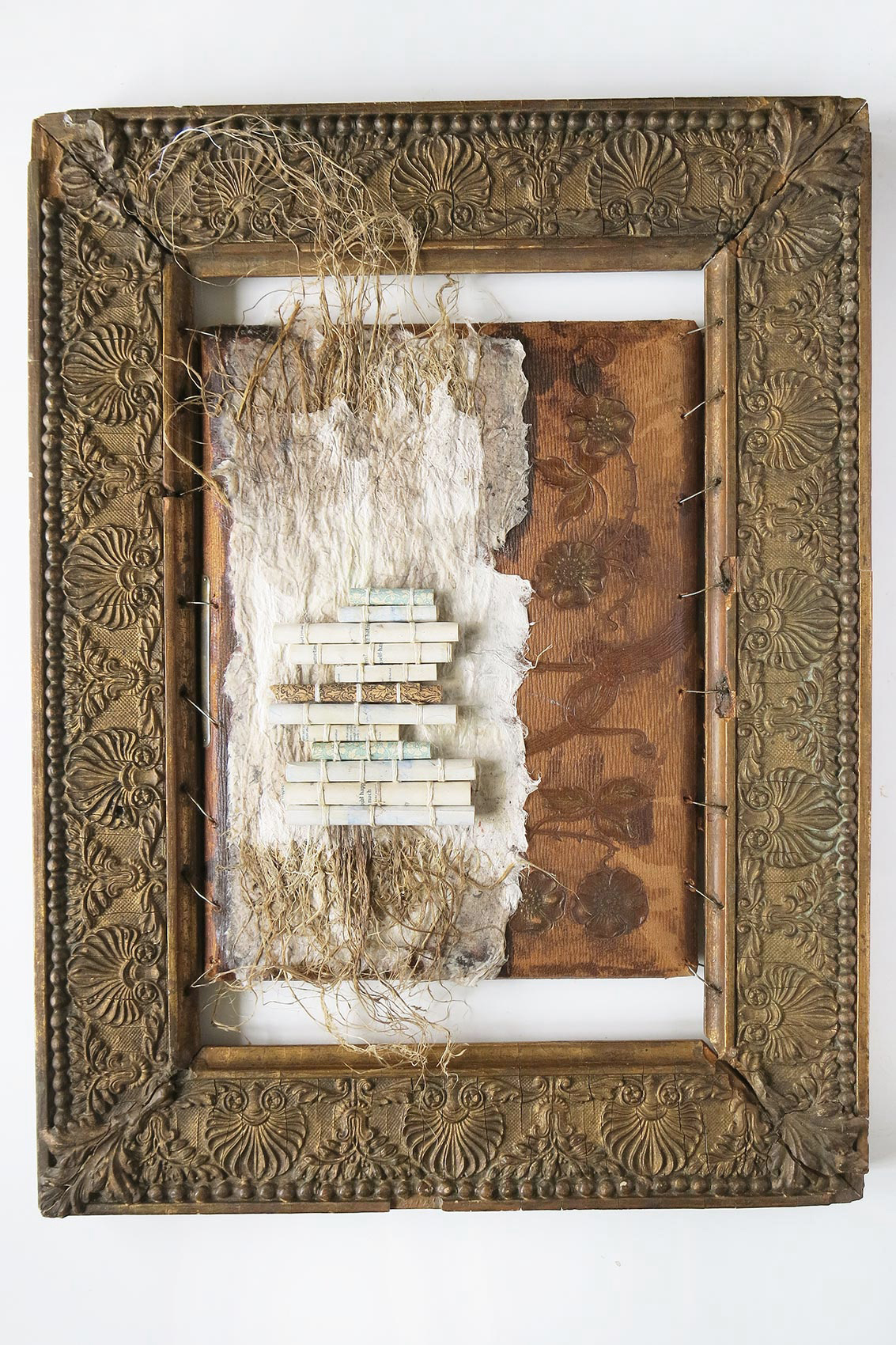
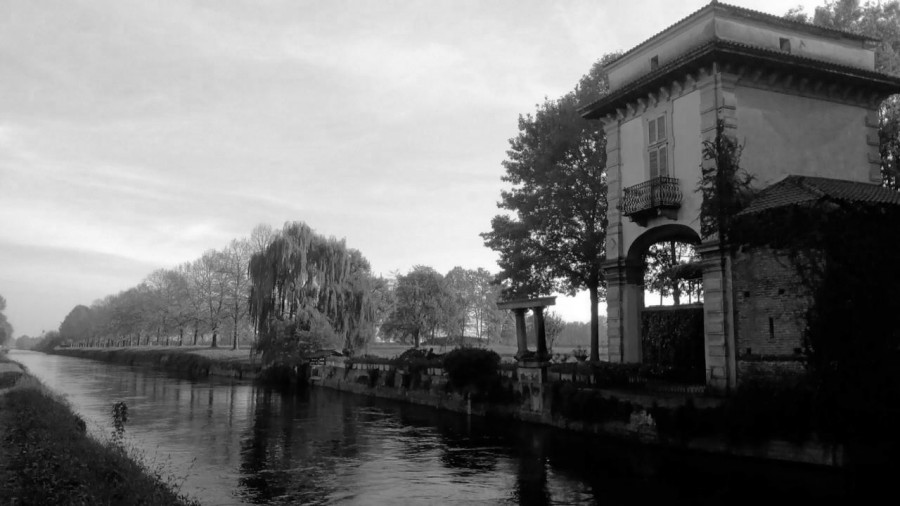

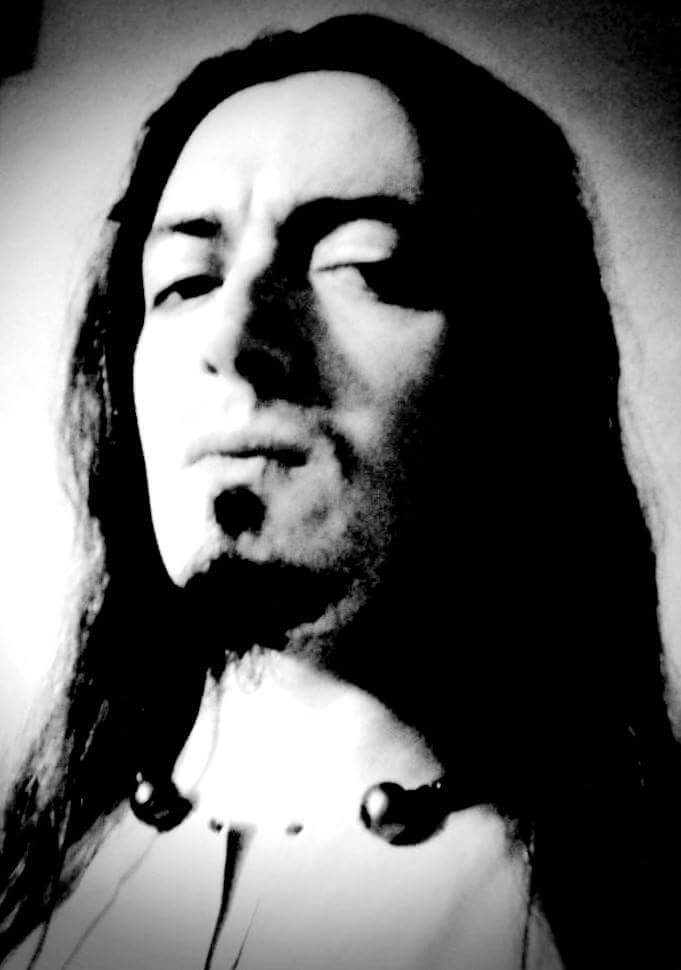 and bass guitar, and started producing my first raw electronic tracks on a simple tracker software. Since then I’ve tried my hand at several electronic music styles, I’ve played bass in a number of underground bands through the years, and I created my first full-fledged musical project KRiOS, active from 2006 to 2014, which started out as a industrial dark ambient/noise act and eventually grew to encompass all my musical influences, including folk, shoegazing, dreampop and electronica. The major turning point was when I came in contact with extreme metal in my teens: I was particularly impressed by Black Metal, its counter-cultural significance, Weltanschauung and aesthetics, and how these same characteristics were applied to electronic music by the likes of Burzum, Ildjarn, Neptune Towers, Mortiis and Wongraven. Black Metal derived Dungeon Synth and Dark ambient became my genres of choice, those which most resonated with my self, when I felt the urge to create something carrying a deeper, more personal meaning. At that point it wasn’t “just music” to me anymore.
and bass guitar, and started producing my first raw electronic tracks on a simple tracker software. Since then I’ve tried my hand at several electronic music styles, I’ve played bass in a number of underground bands through the years, and I created my first full-fledged musical project KRiOS, active from 2006 to 2014, which started out as a industrial dark ambient/noise act and eventually grew to encompass all my musical influences, including folk, shoegazing, dreampop and electronica. The major turning point was when I came in contact with extreme metal in my teens: I was particularly impressed by Black Metal, its counter-cultural significance, Weltanschauung and aesthetics, and how these same characteristics were applied to electronic music by the likes of Burzum, Ildjarn, Neptune Towers, Mortiis and Wongraven. Black Metal derived Dungeon Synth and Dark ambient became my genres of choice, those which most resonated with my self, when I felt the urge to create something carrying a deeper, more personal meaning. At that point it wasn’t “just music” to me anymore.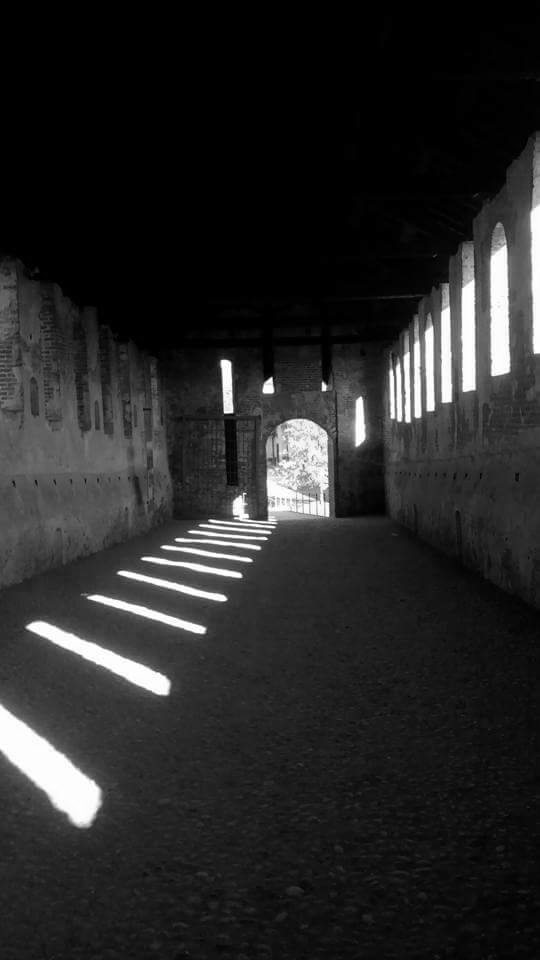
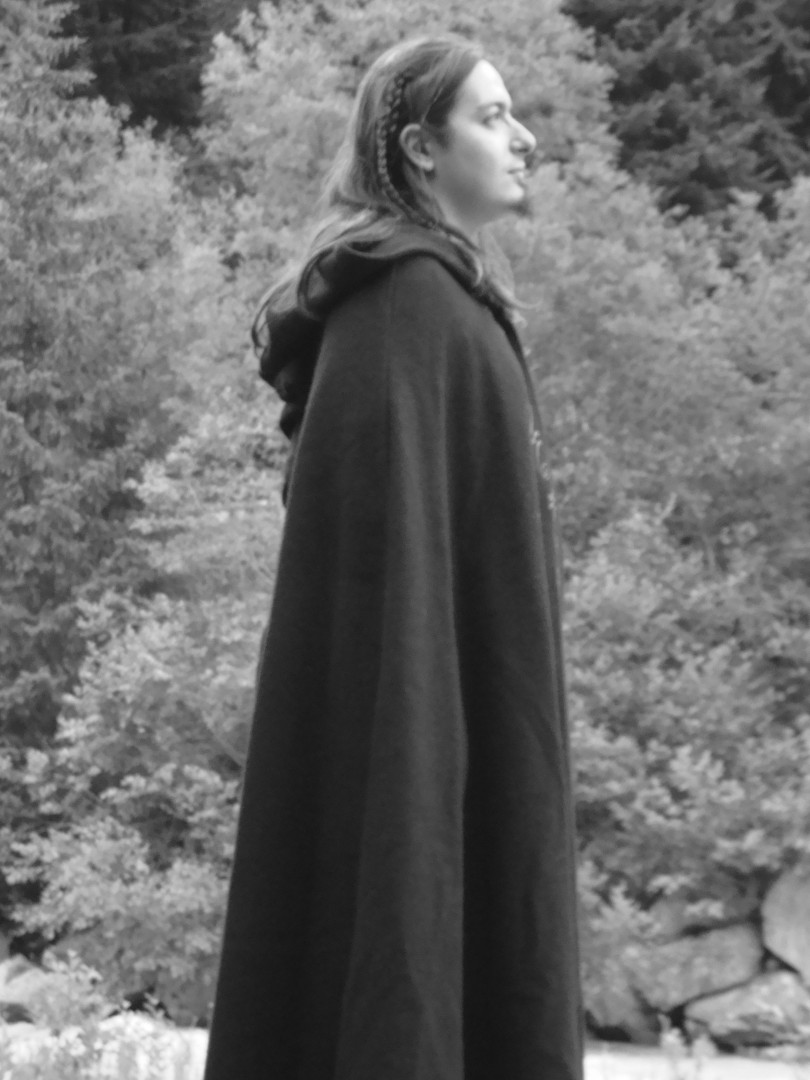 Matteo: While I enjoy self-releasing and being in full control when creating the entire opus from scratch, producing and distributing it, working with a label has a number of advantages that significantly reduce workload and costs, while usually making for a more professional final result. “Ticinum Insubria” itself was kind of a hybrid, as Dan Capp did the whole design and layout work while I only took care of production and distribution. I’ll probably keep releasing both ways, but if I had to choose one, today I lean more on having a good label take care of the process.
Matteo: While I enjoy self-releasing and being in full control when creating the entire opus from scratch, producing and distributing it, working with a label has a number of advantages that significantly reduce workload and costs, while usually making for a more professional final result. “Ticinum Insubria” itself was kind of a hybrid, as Dan Capp did the whole design and layout work while I only took care of production and distribution. I’ll probably keep releasing both ways, but if I had to choose one, today I lean more on having a good label take care of the process.
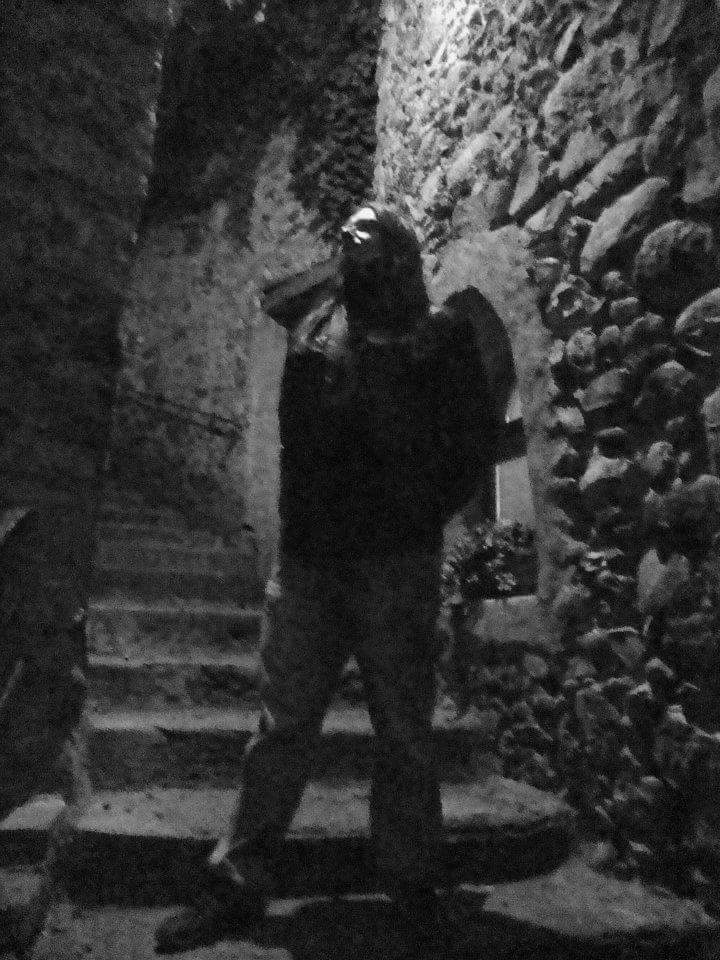 Michael: Medhelan is obviously a very fantasy oriented project, especially on Fall of the Horned Serpent. What were some of your favorite fantasy stories/mythos/sagas? Do any of them play into the works of Medhelan, or are you working within a framework totally of your own making?
Michael: Medhelan is obviously a very fantasy oriented project, especially on Fall of the Horned Serpent. What were some of your favorite fantasy stories/mythos/sagas? Do any of them play into the works of Medhelan, or are you working within a framework totally of your own making?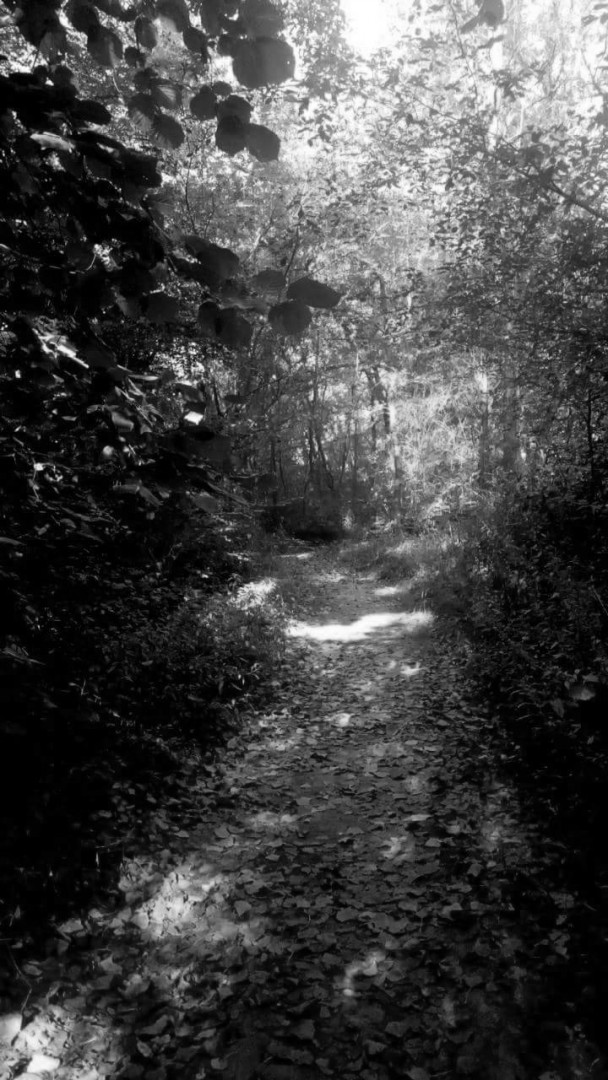
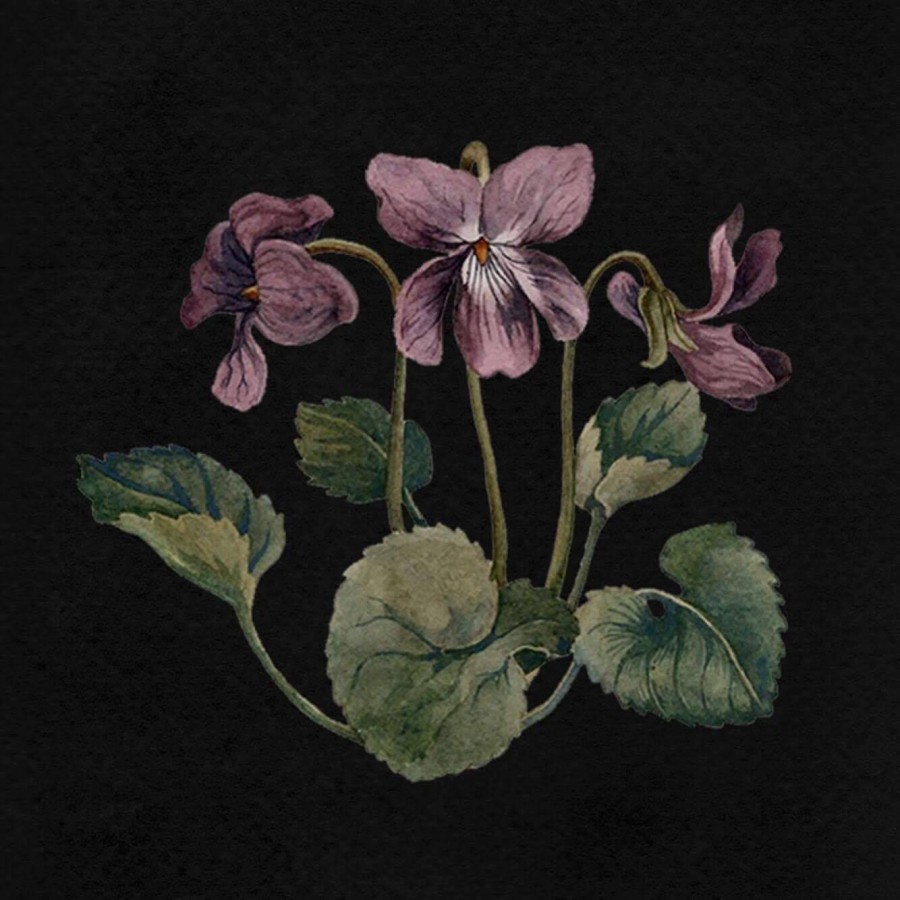
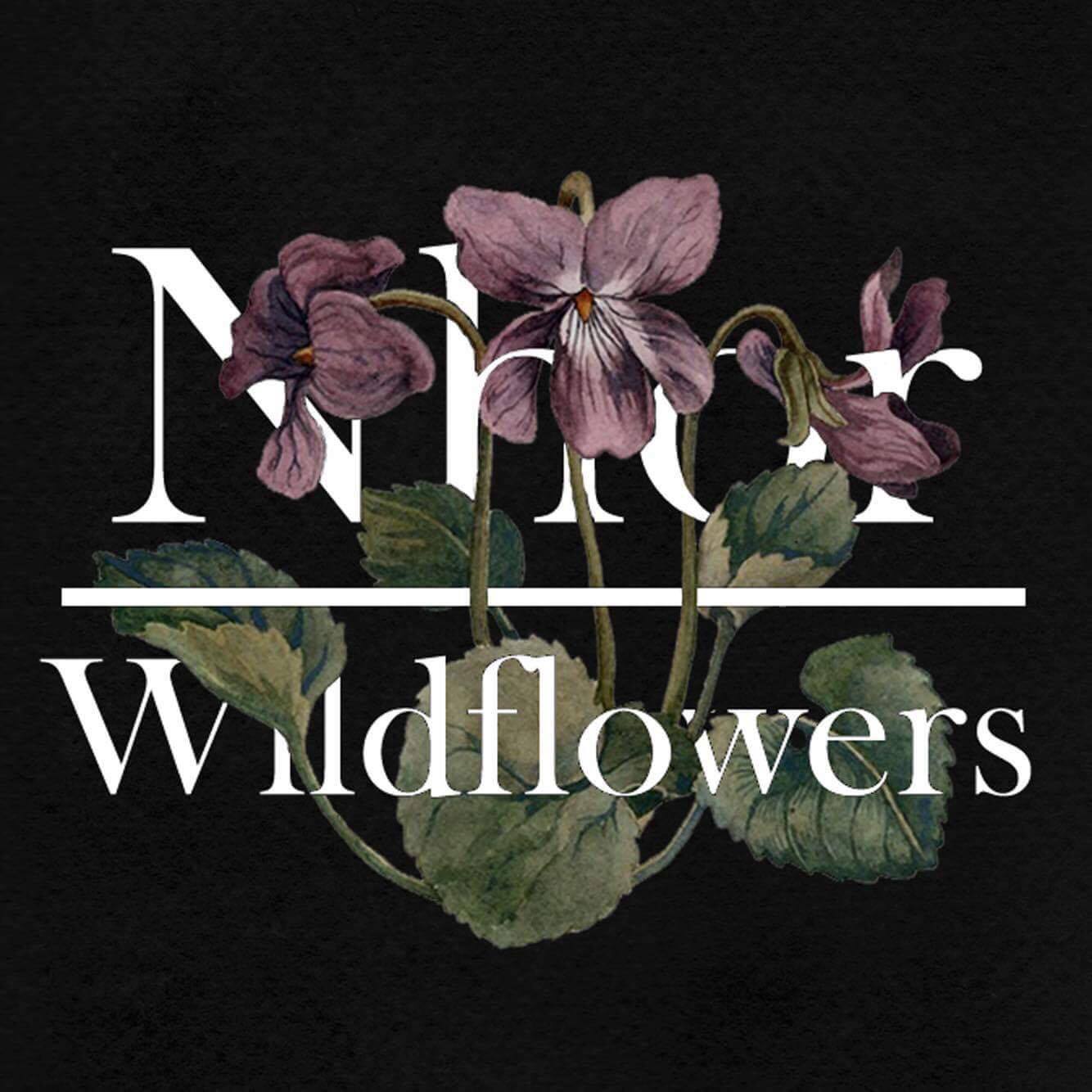
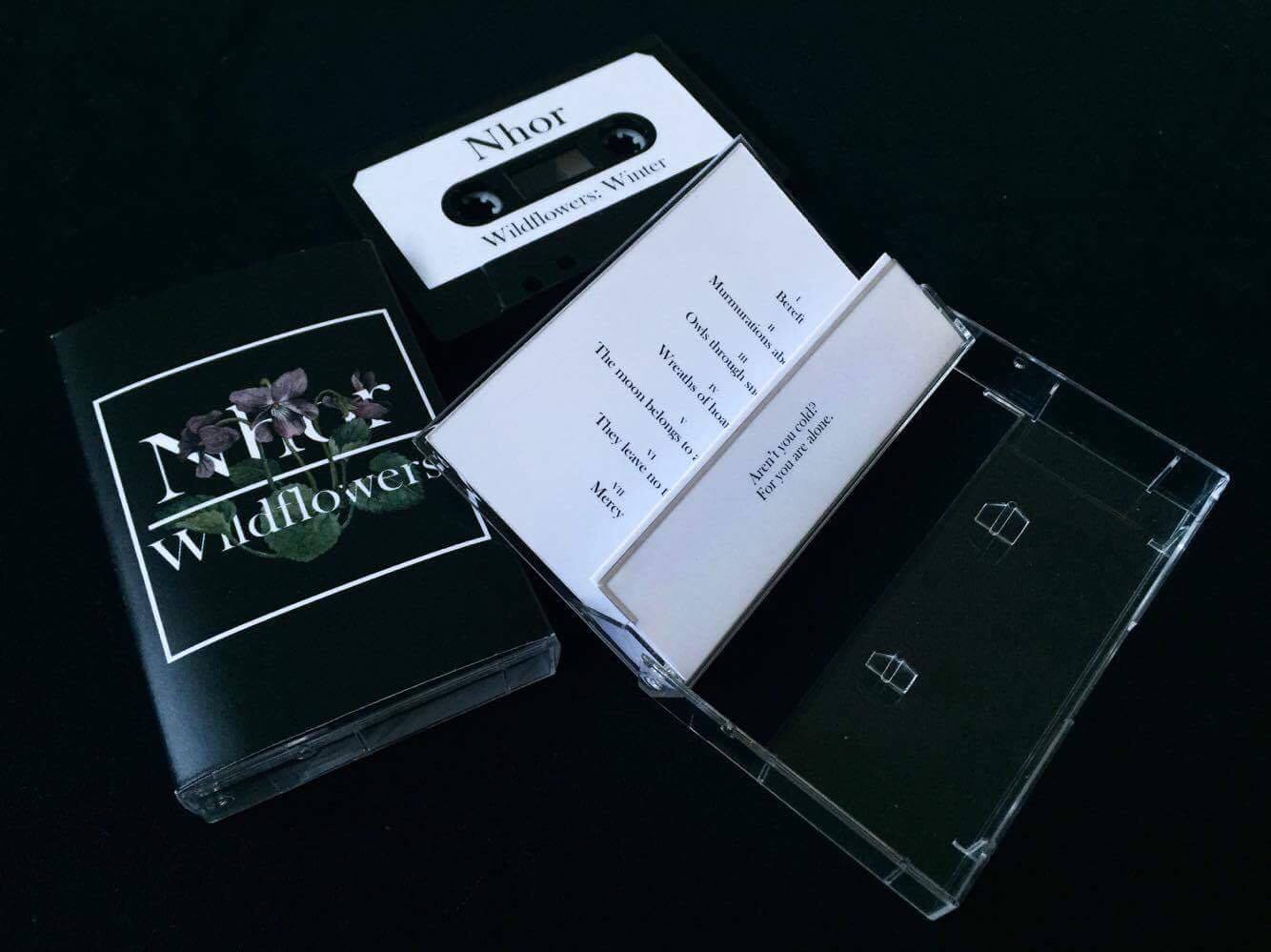
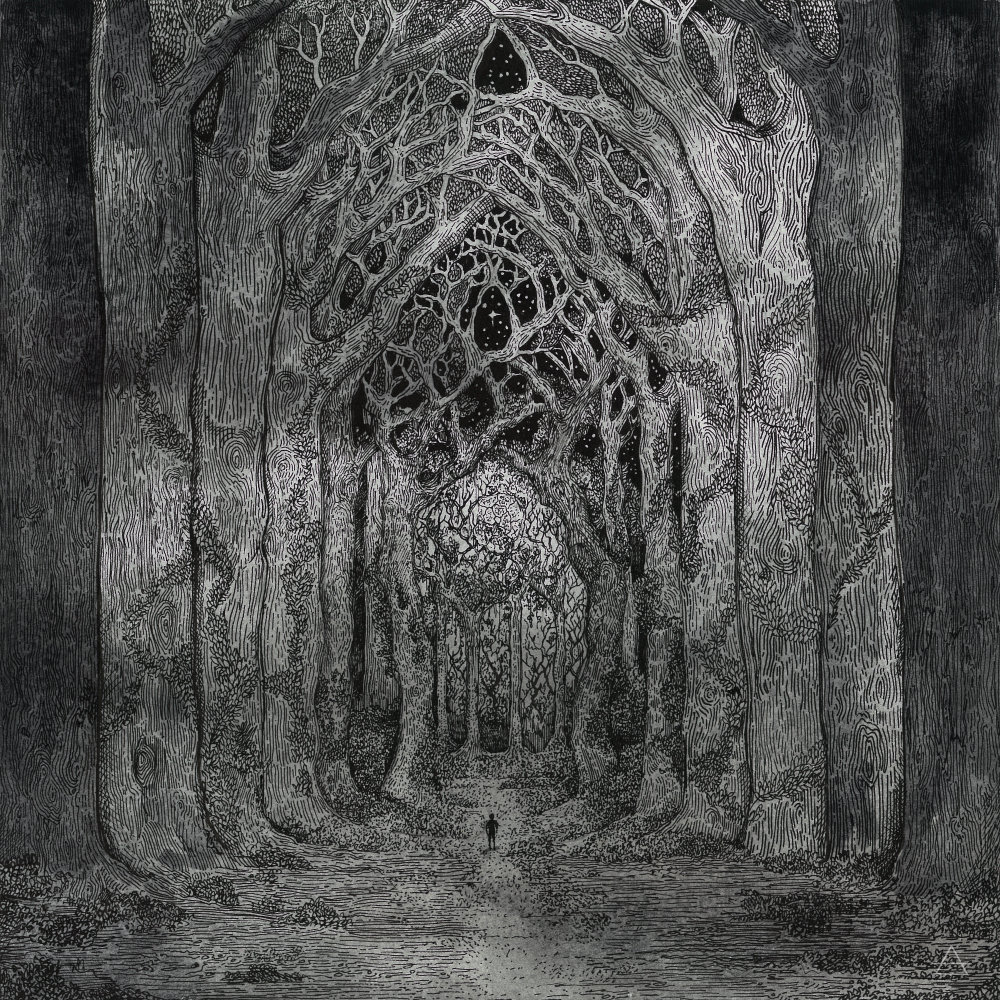
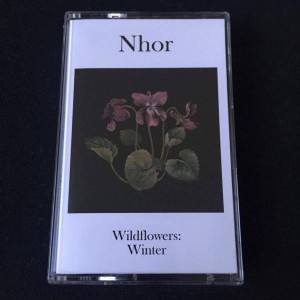 Maxwell: These songs are incredibly vivid within their stripped-down sound. Do you have imagery in mind when you write, or does your music paint a picture for you similar to how it does your listeners?
Maxwell: These songs are incredibly vivid within their stripped-down sound. Do you have imagery in mind when you write, or does your music paint a picture for you similar to how it does your listeners?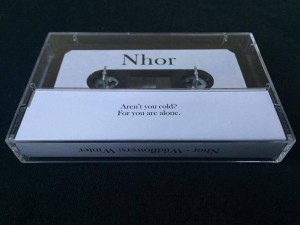 Maxwell: Do you have anything you particularly desire your listeners to take away from these EPs?
Maxwell: Do you have anything you particularly desire your listeners to take away from these EPs?